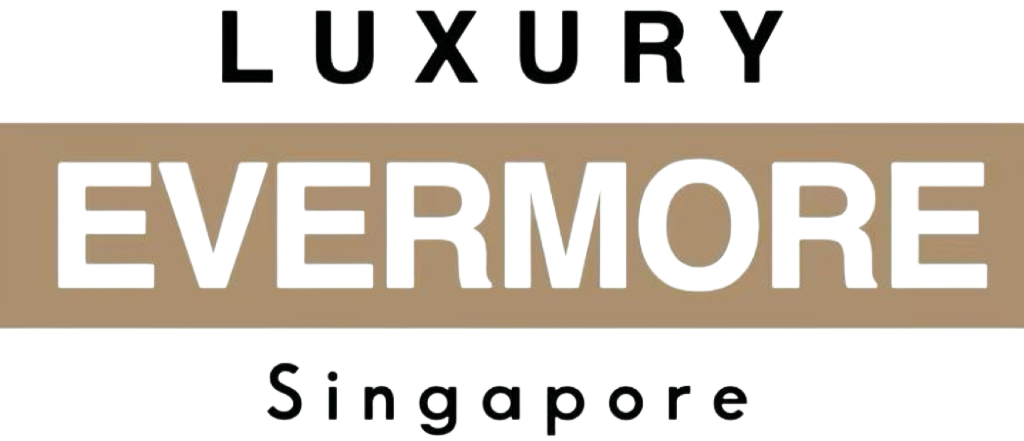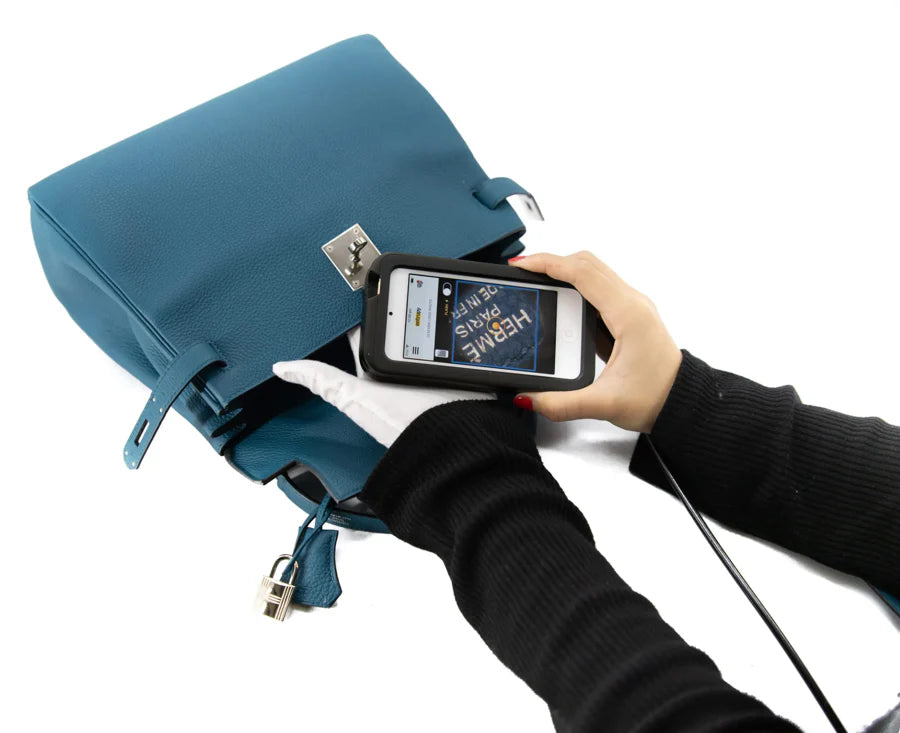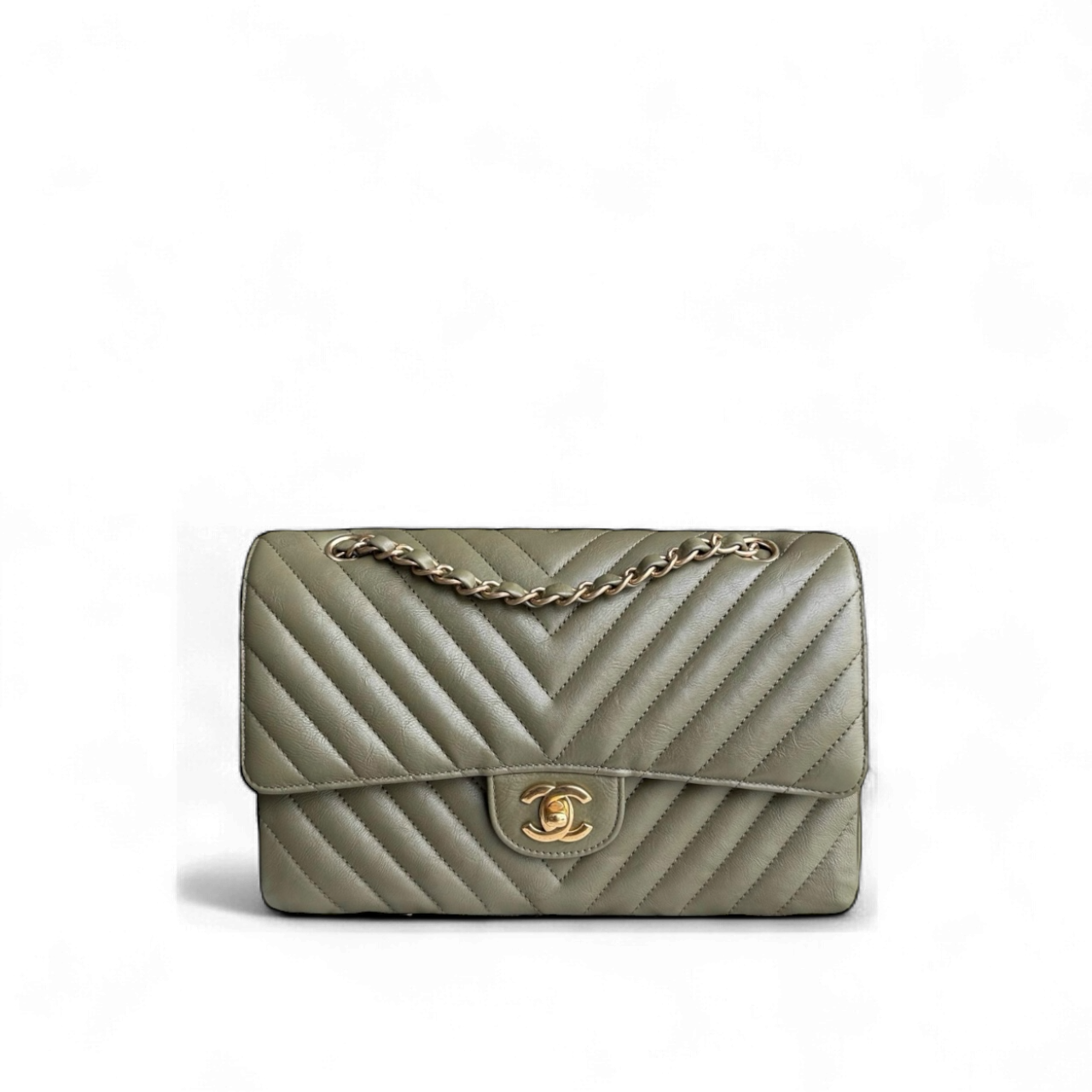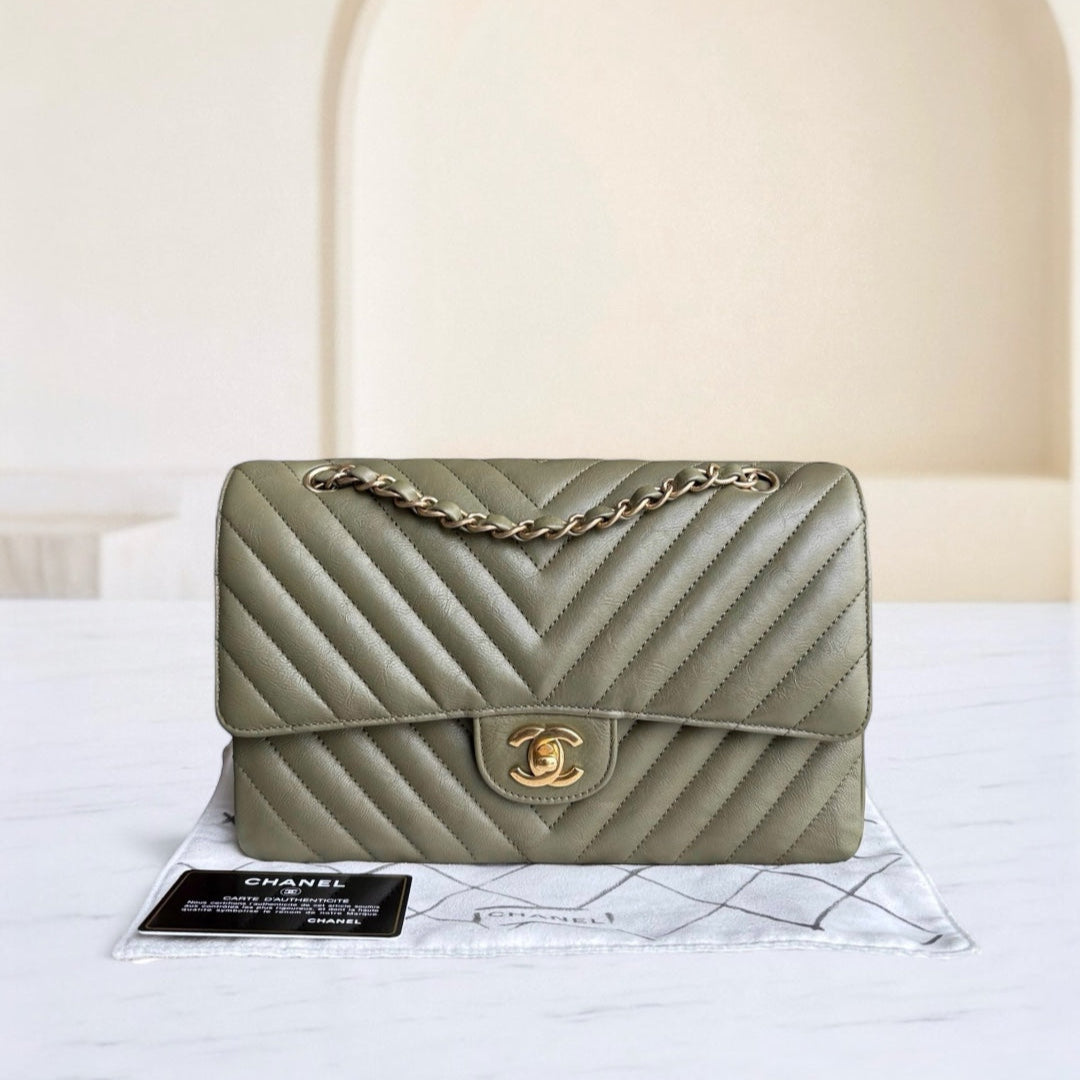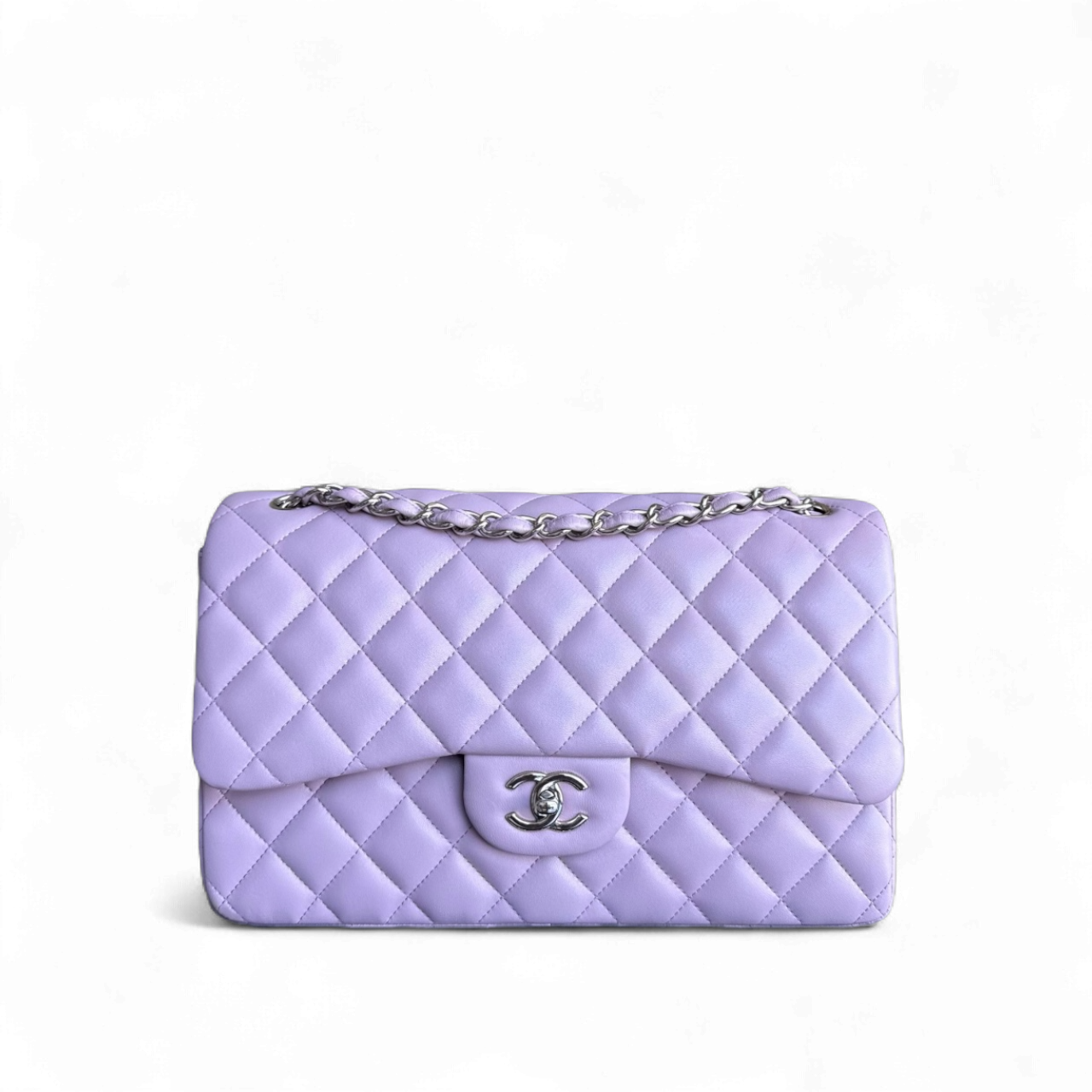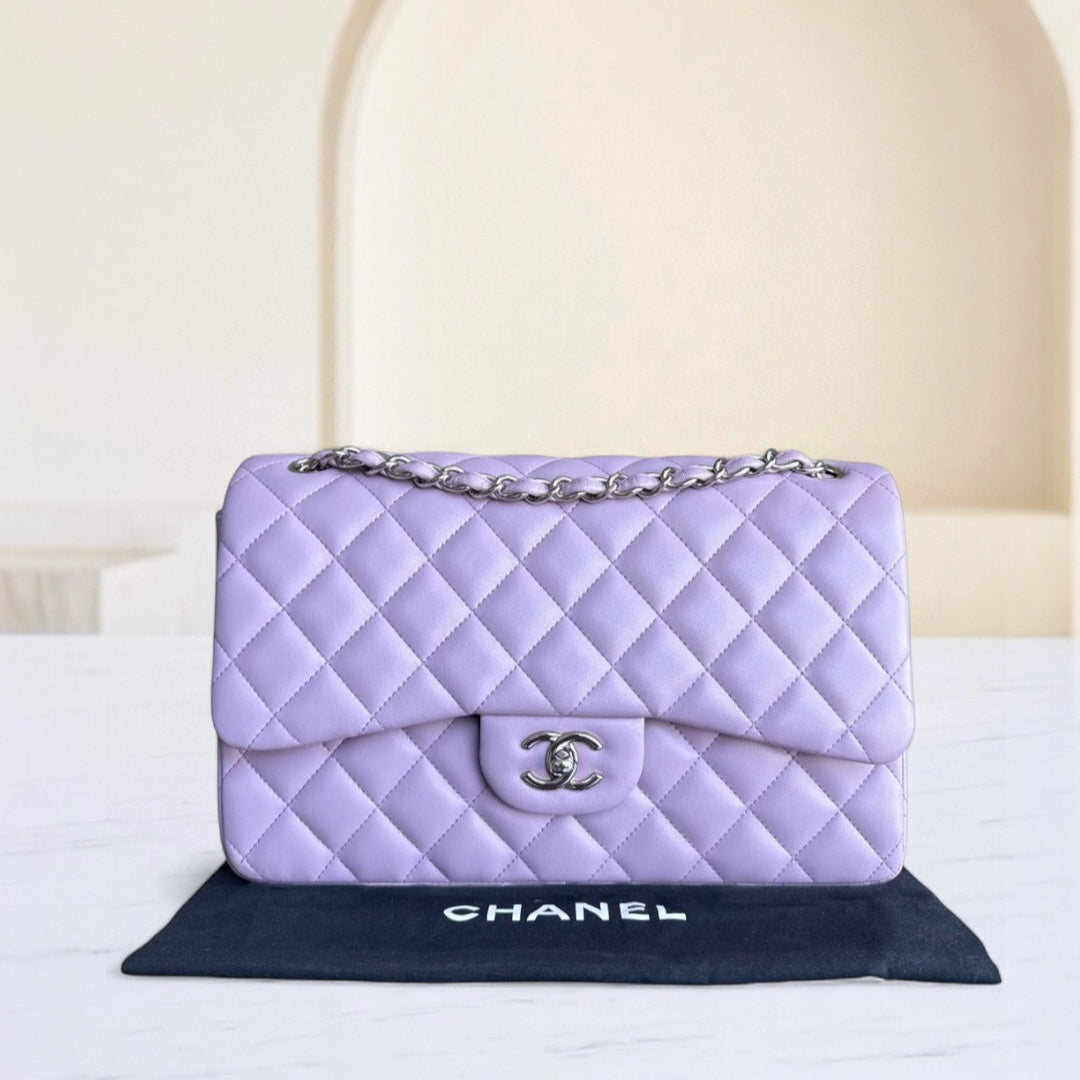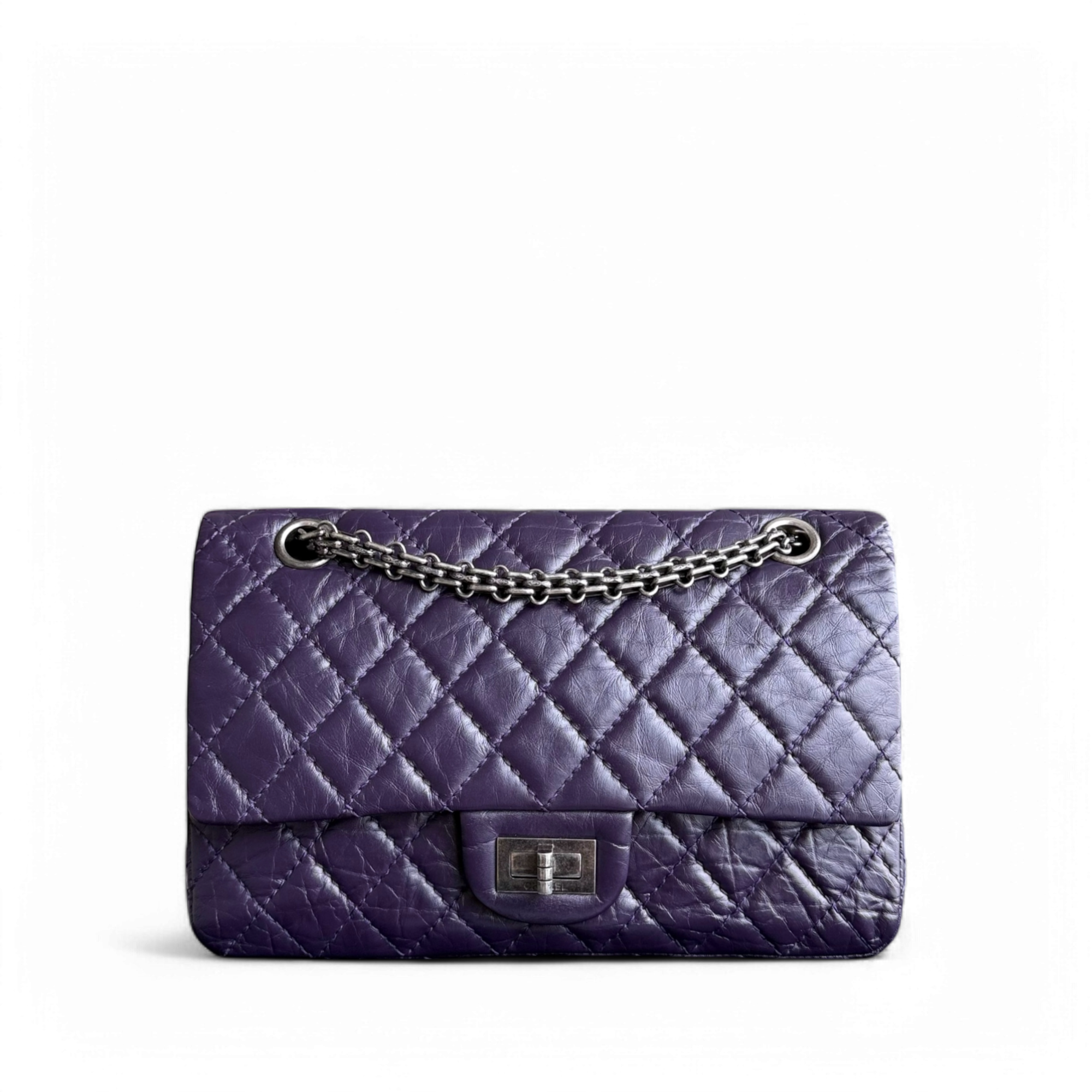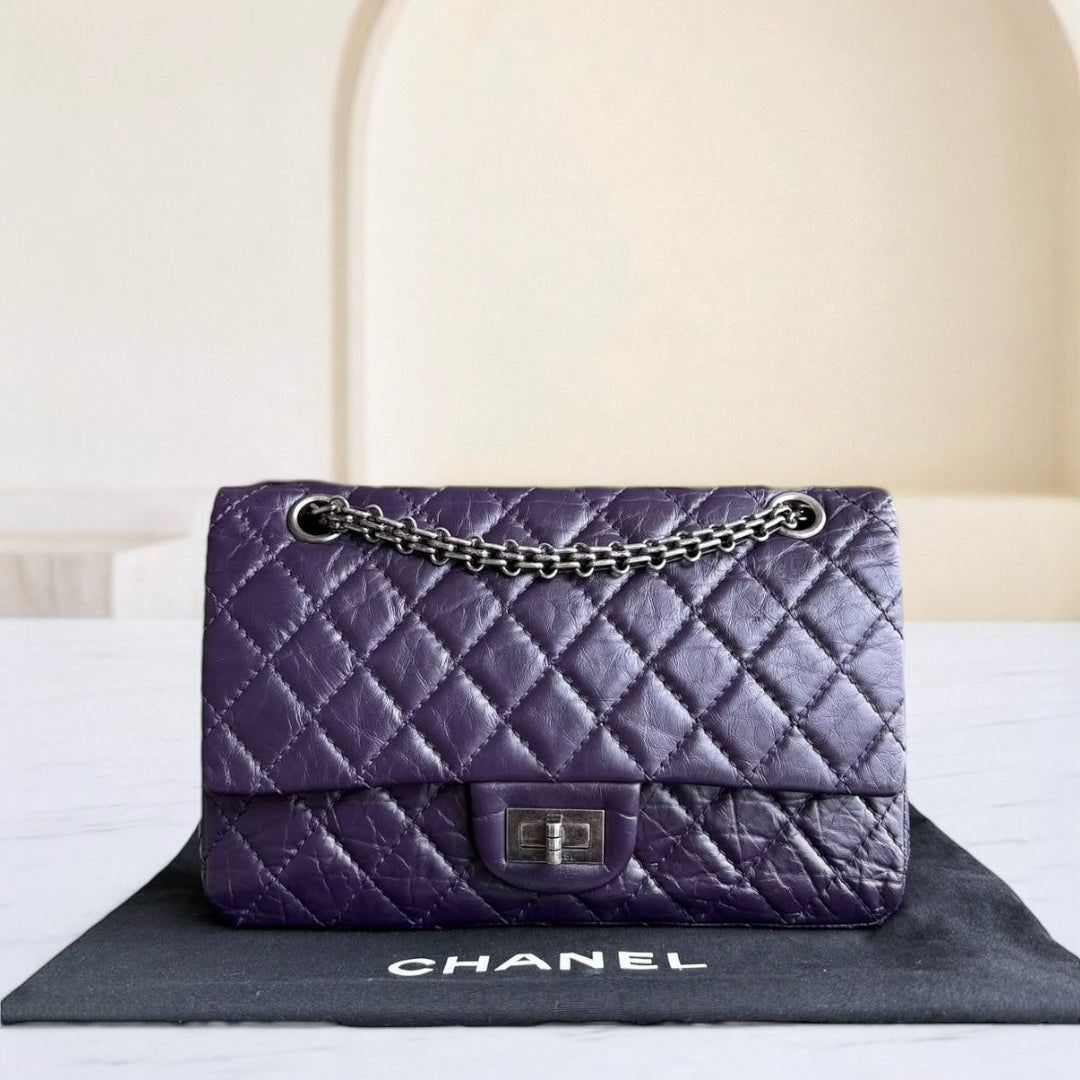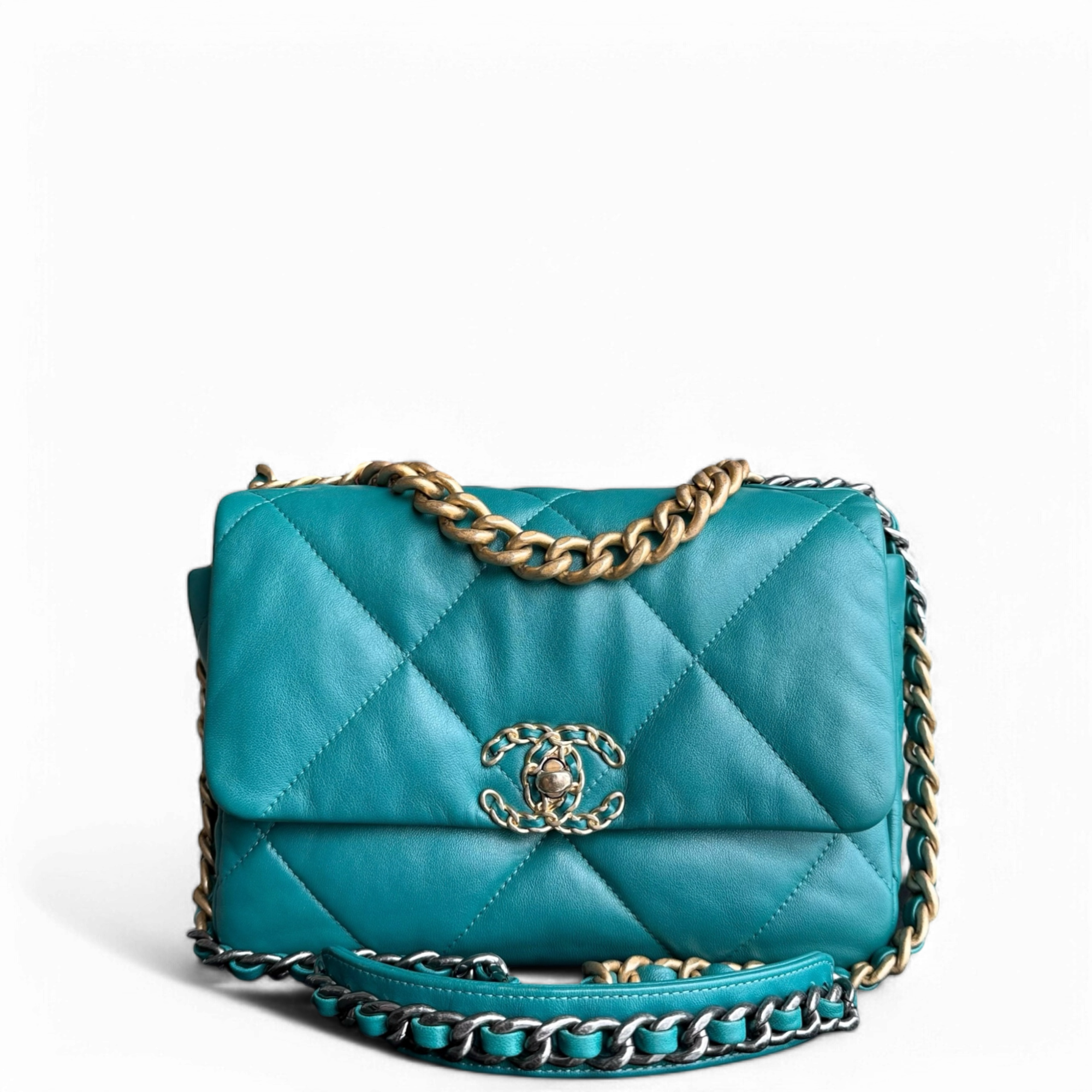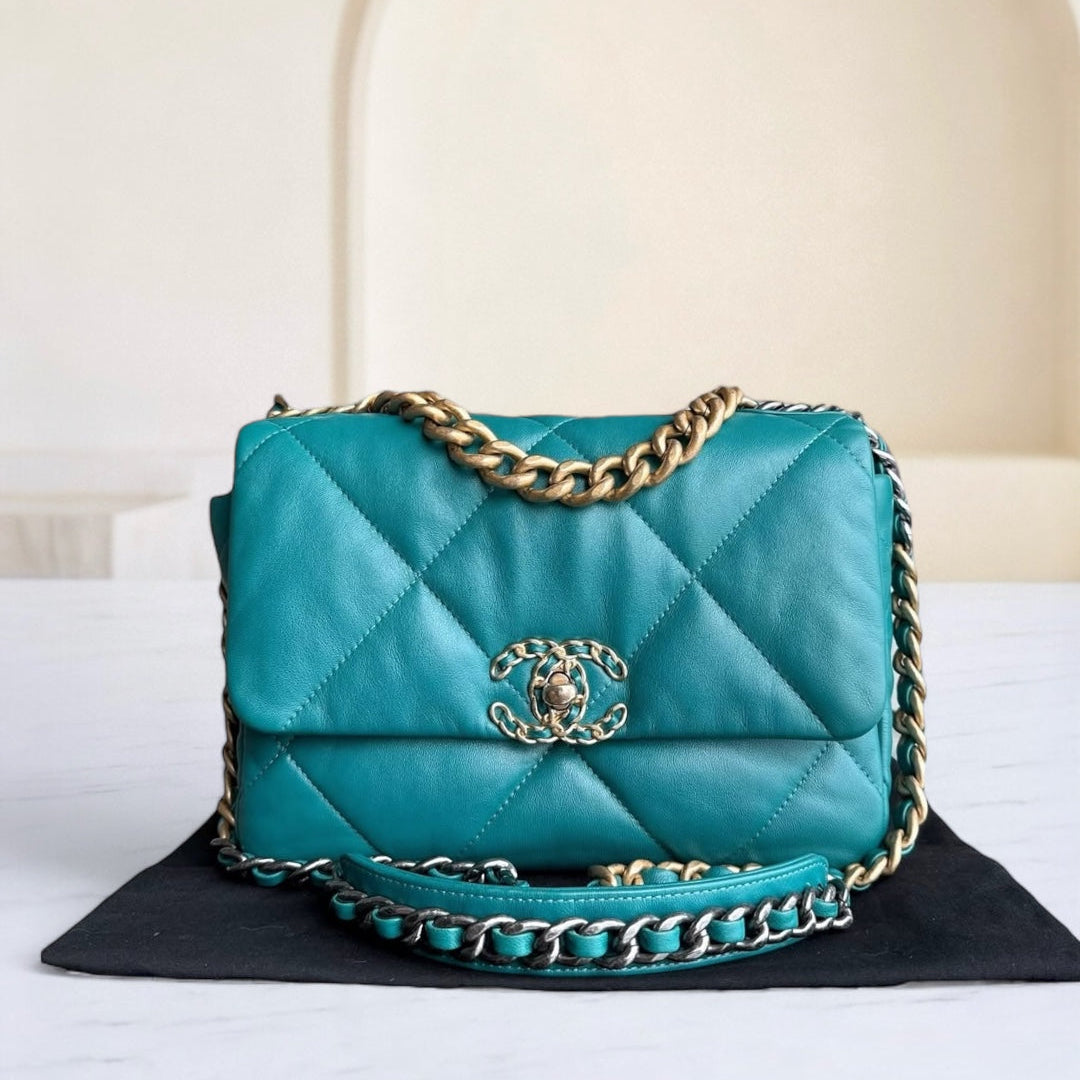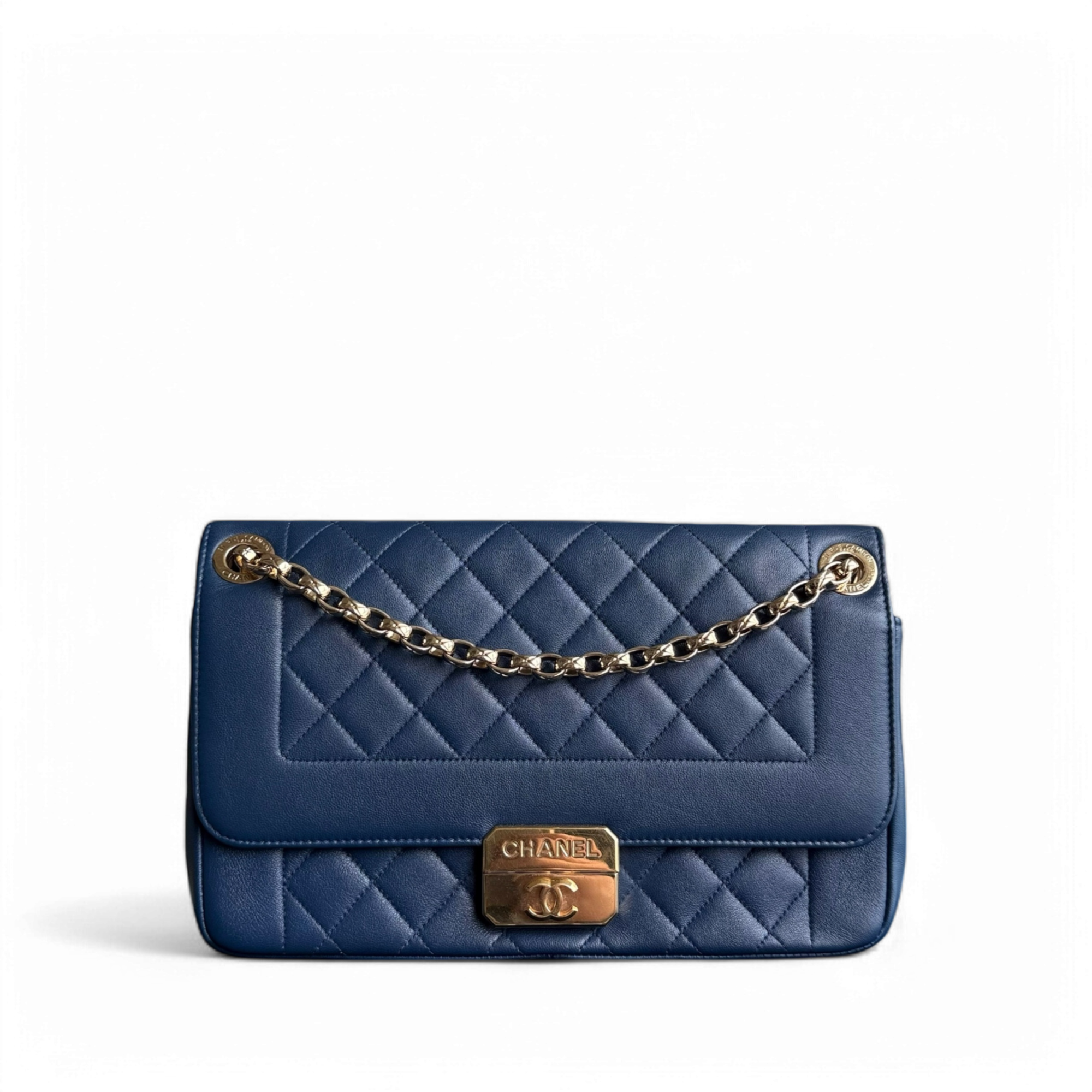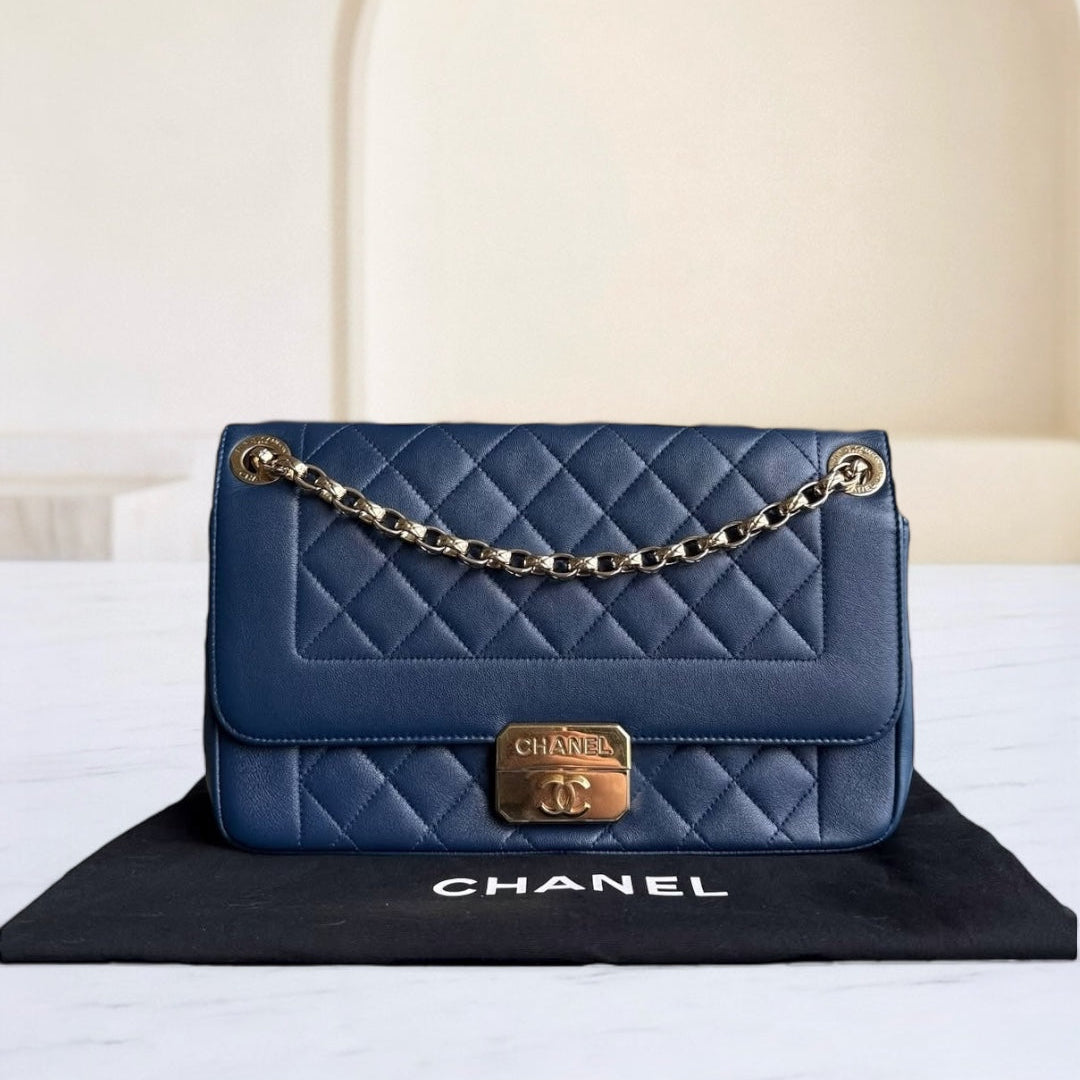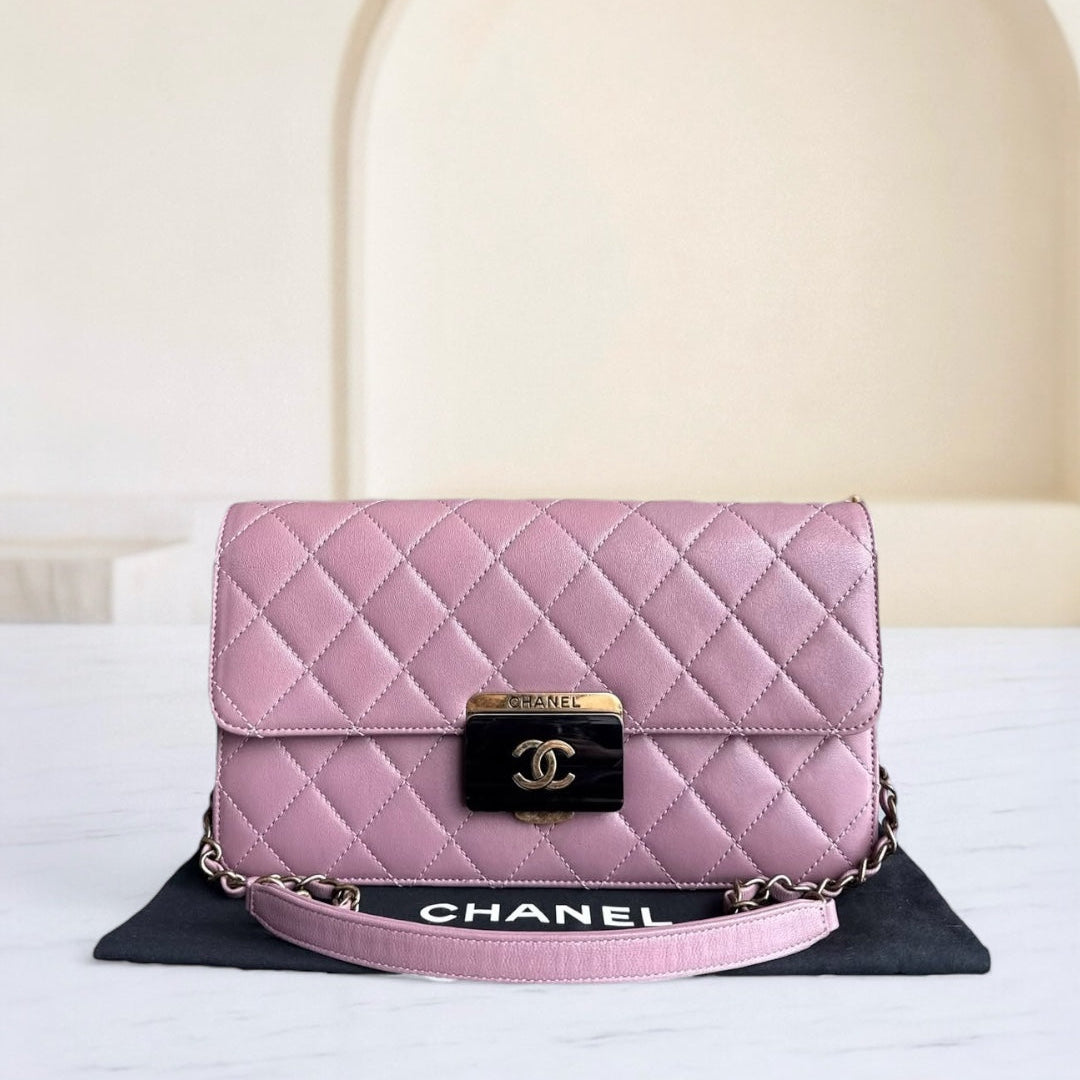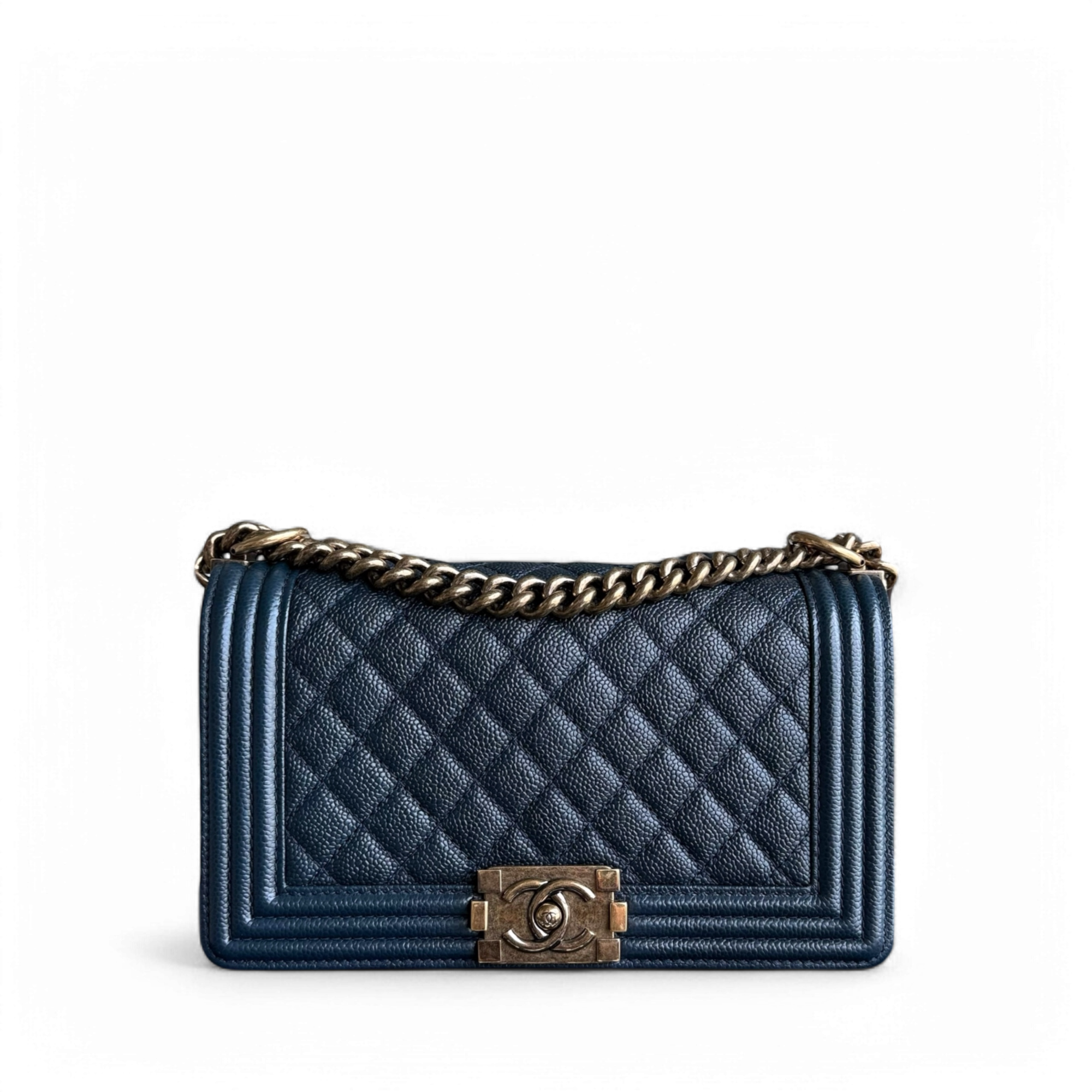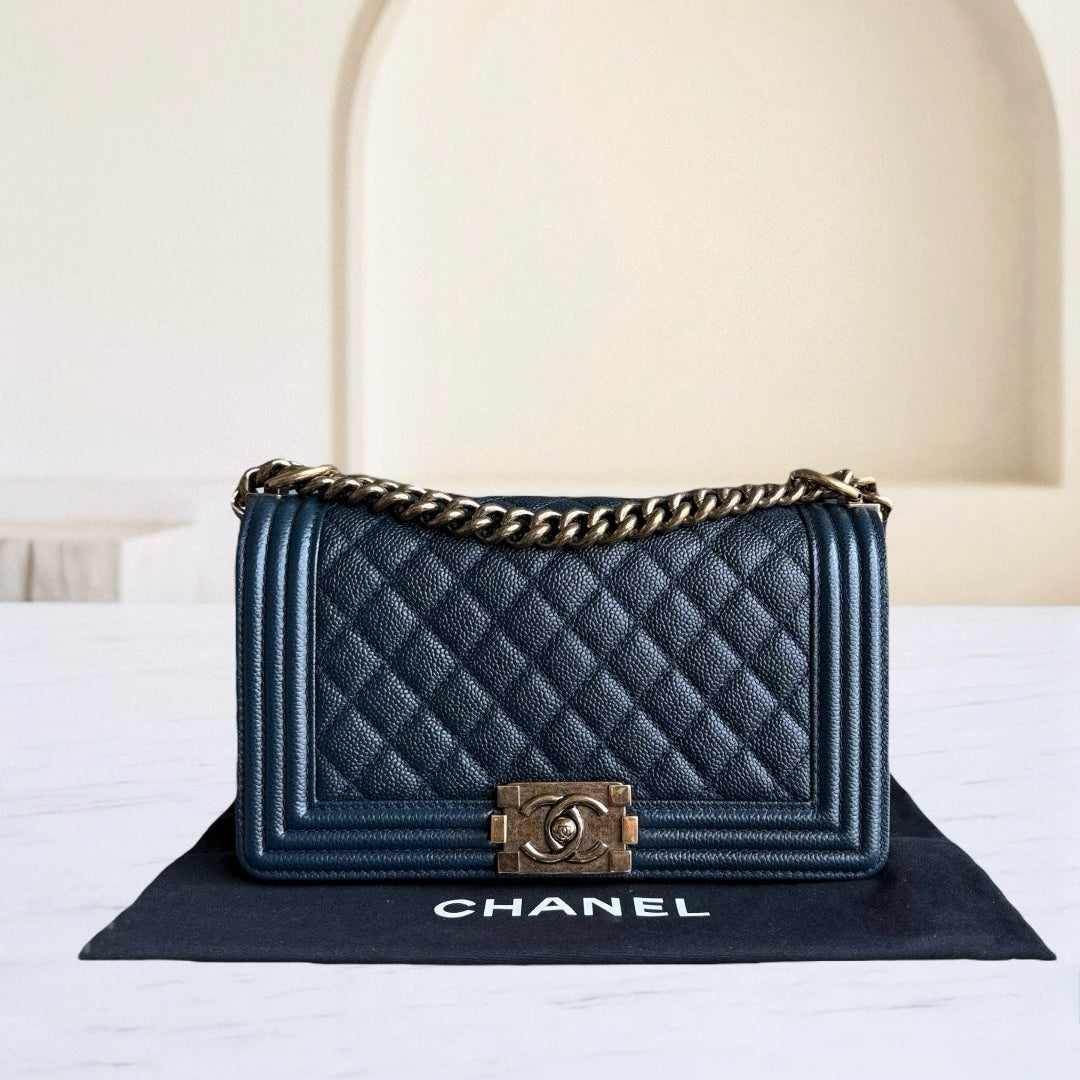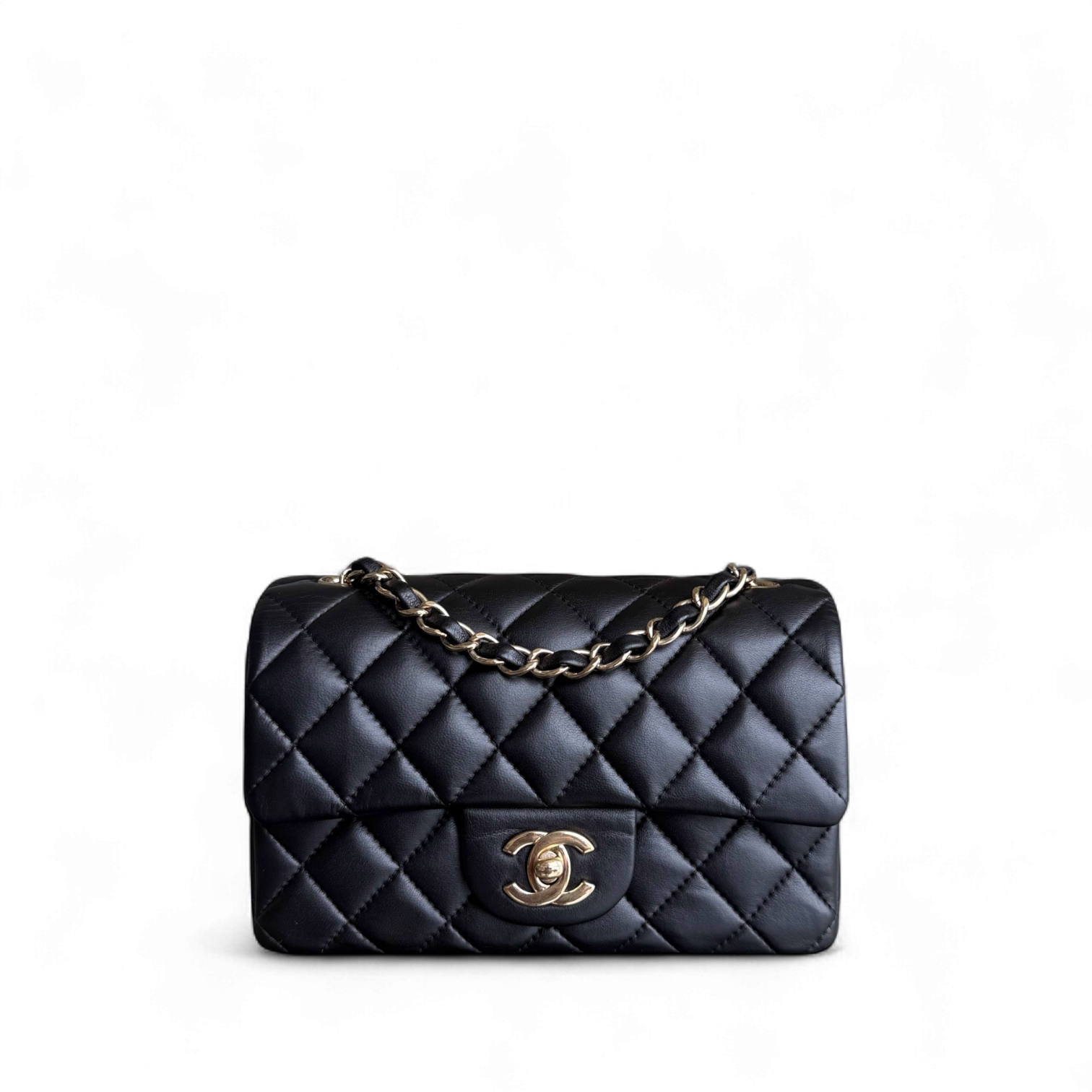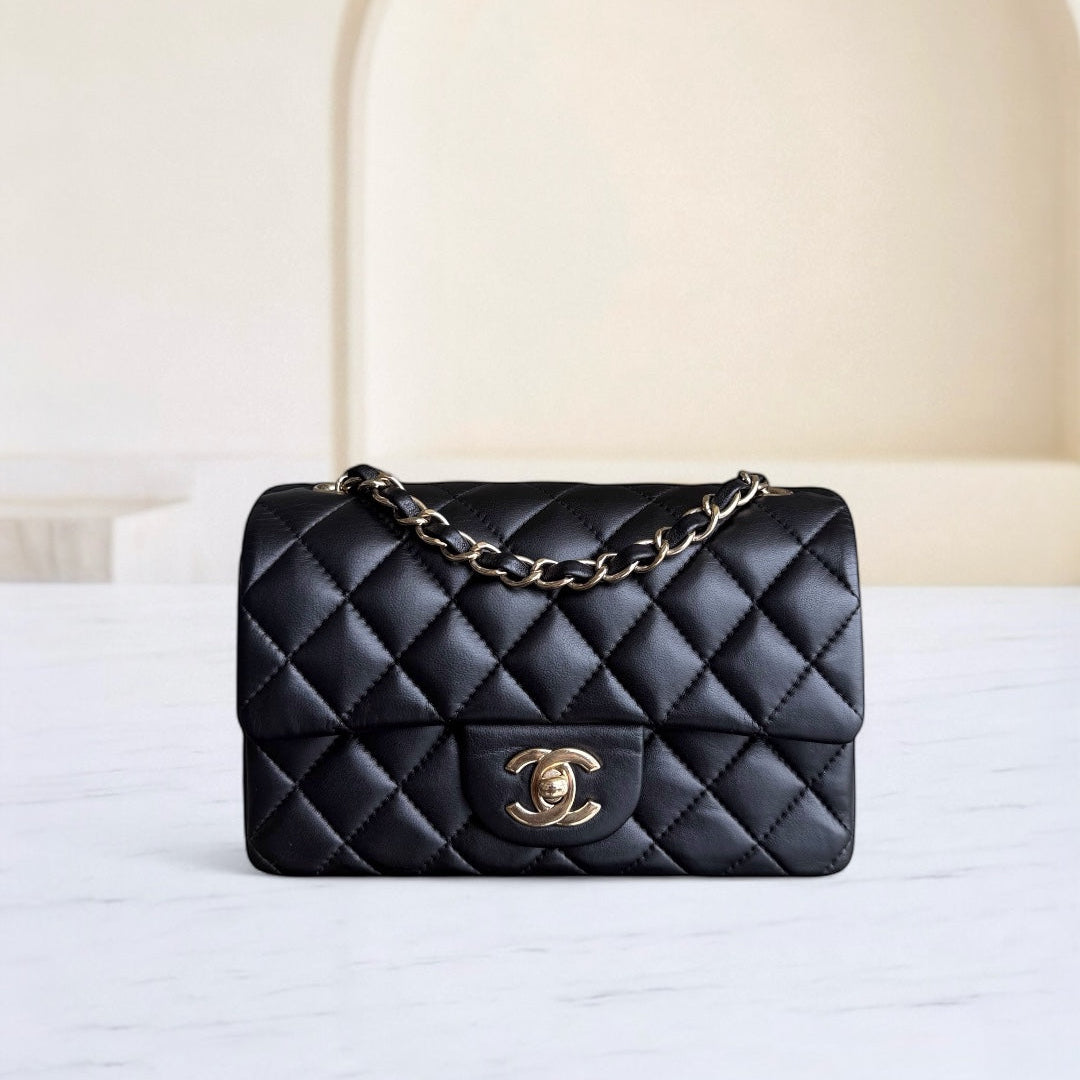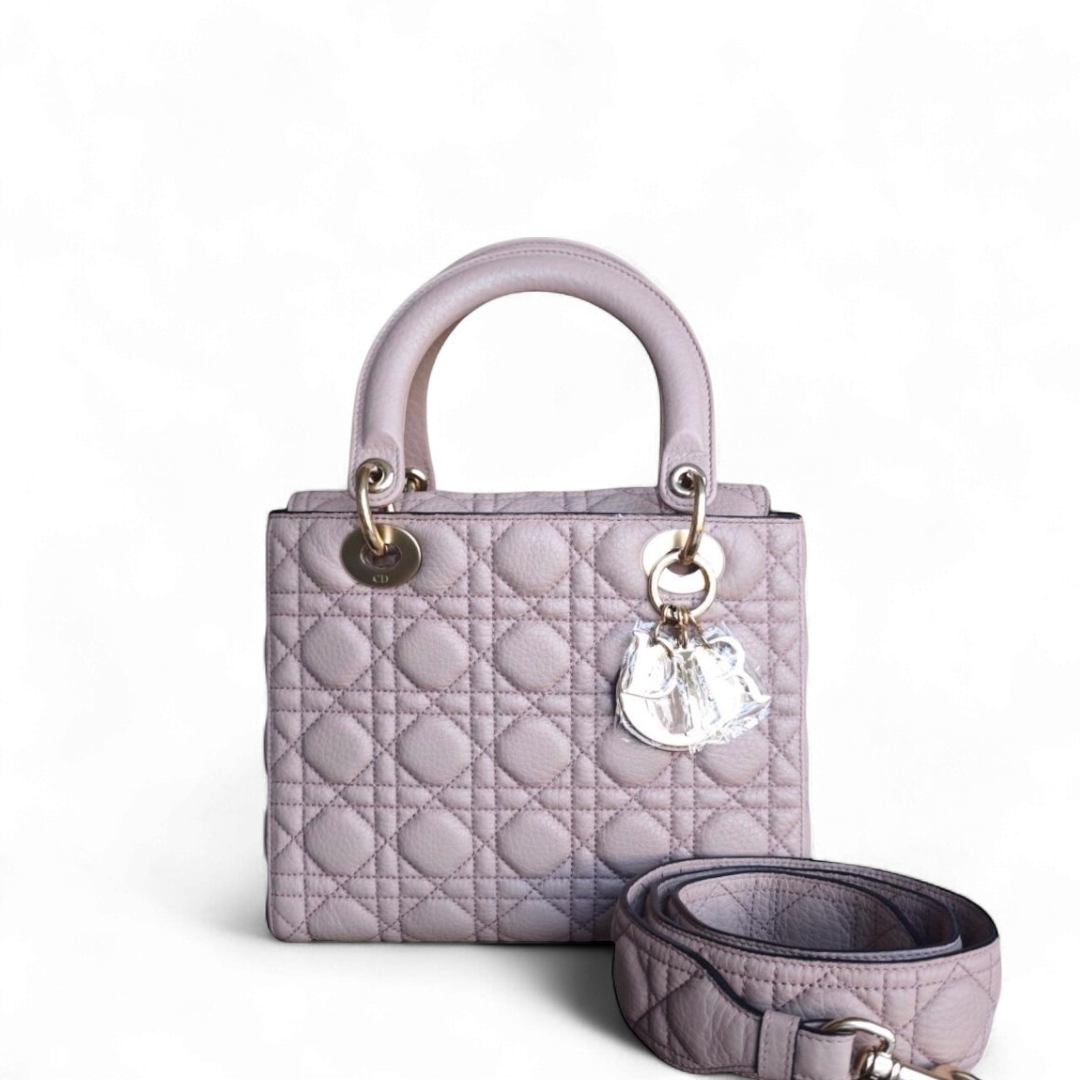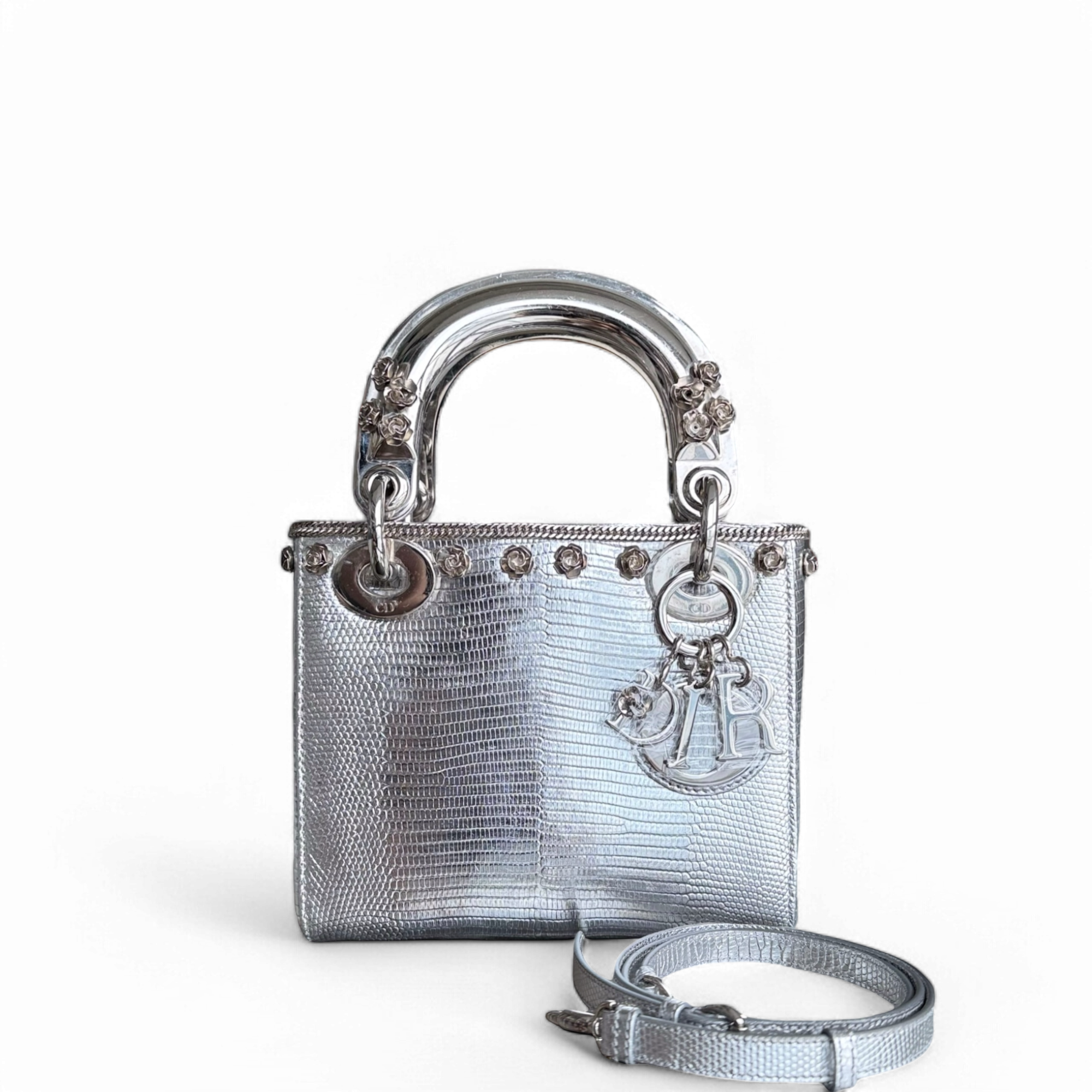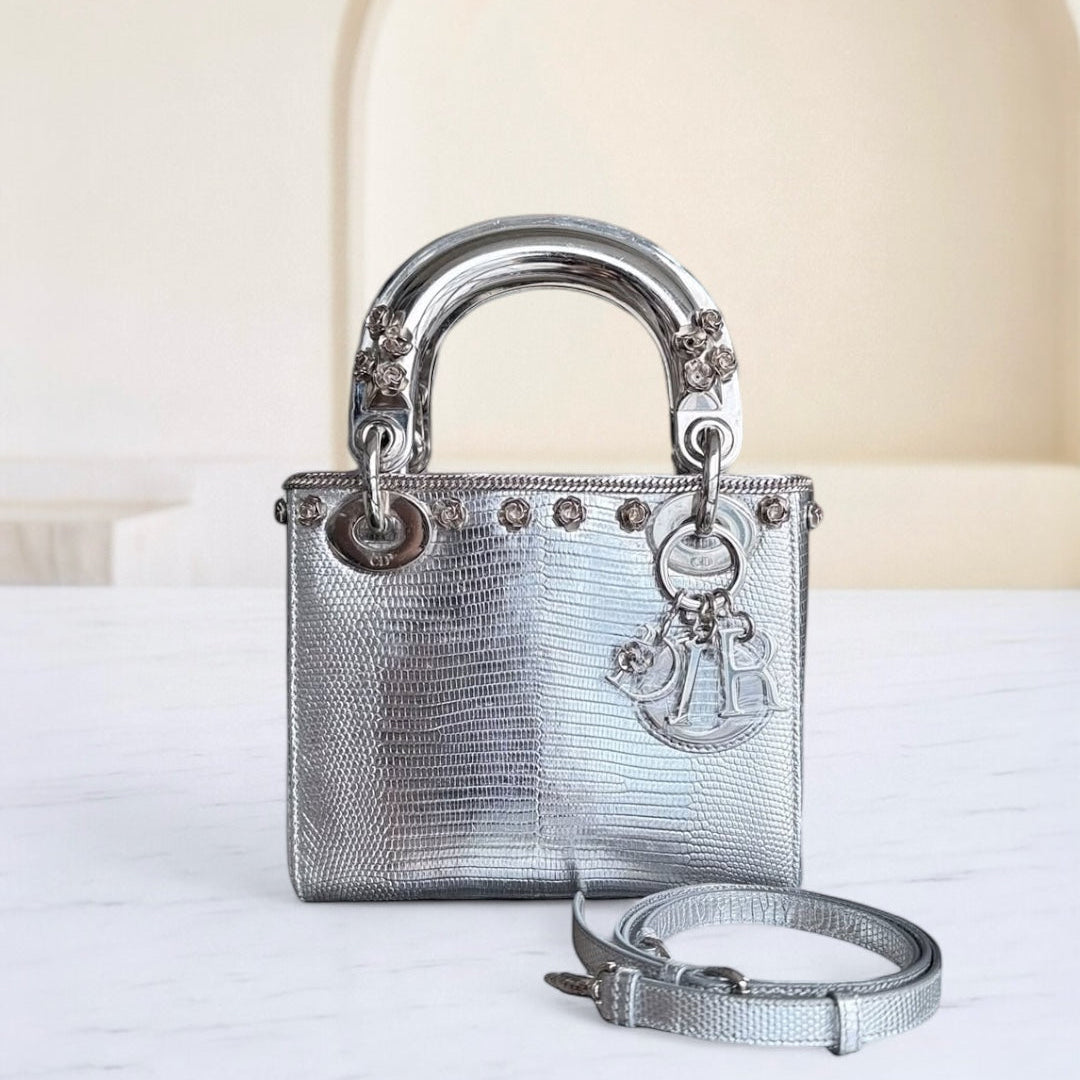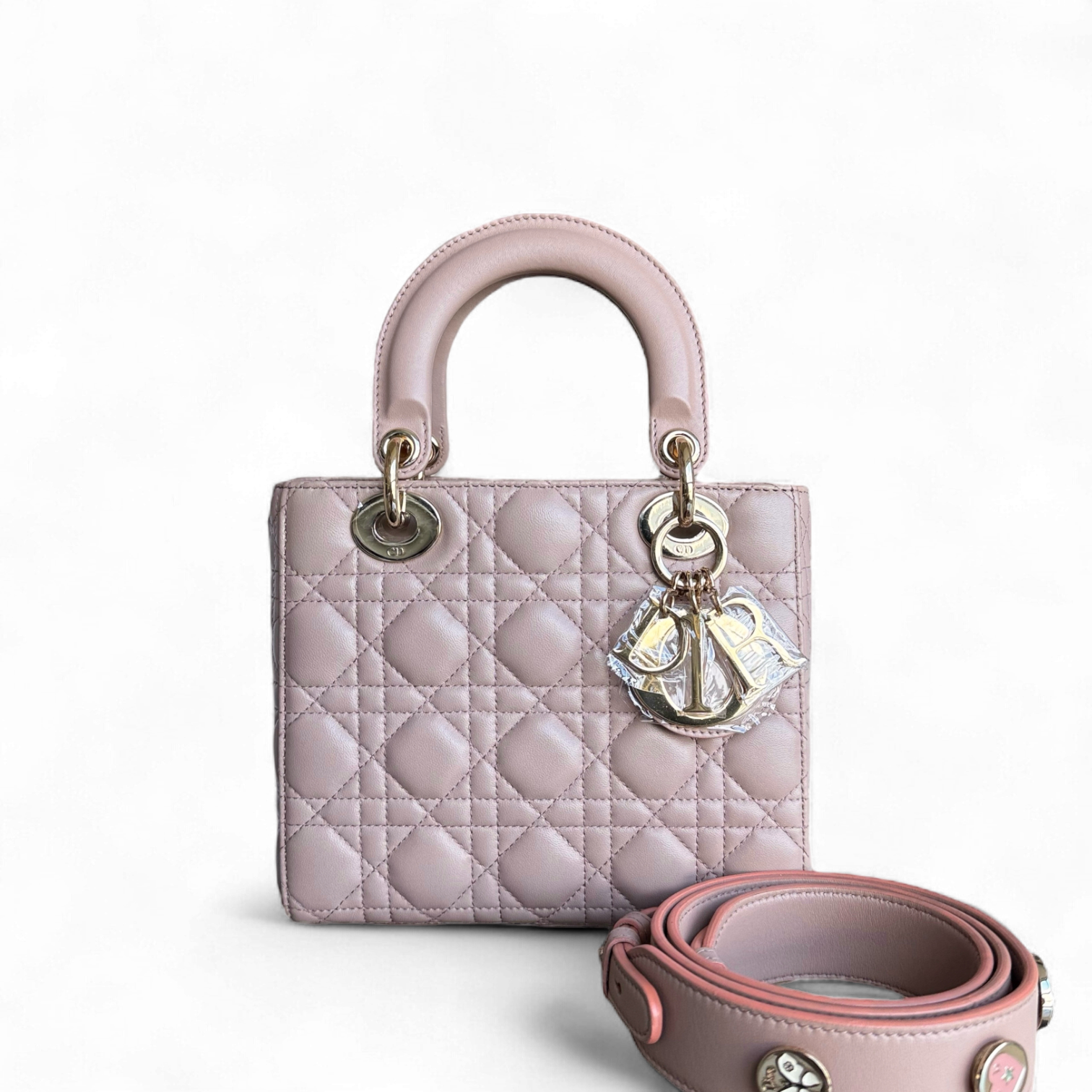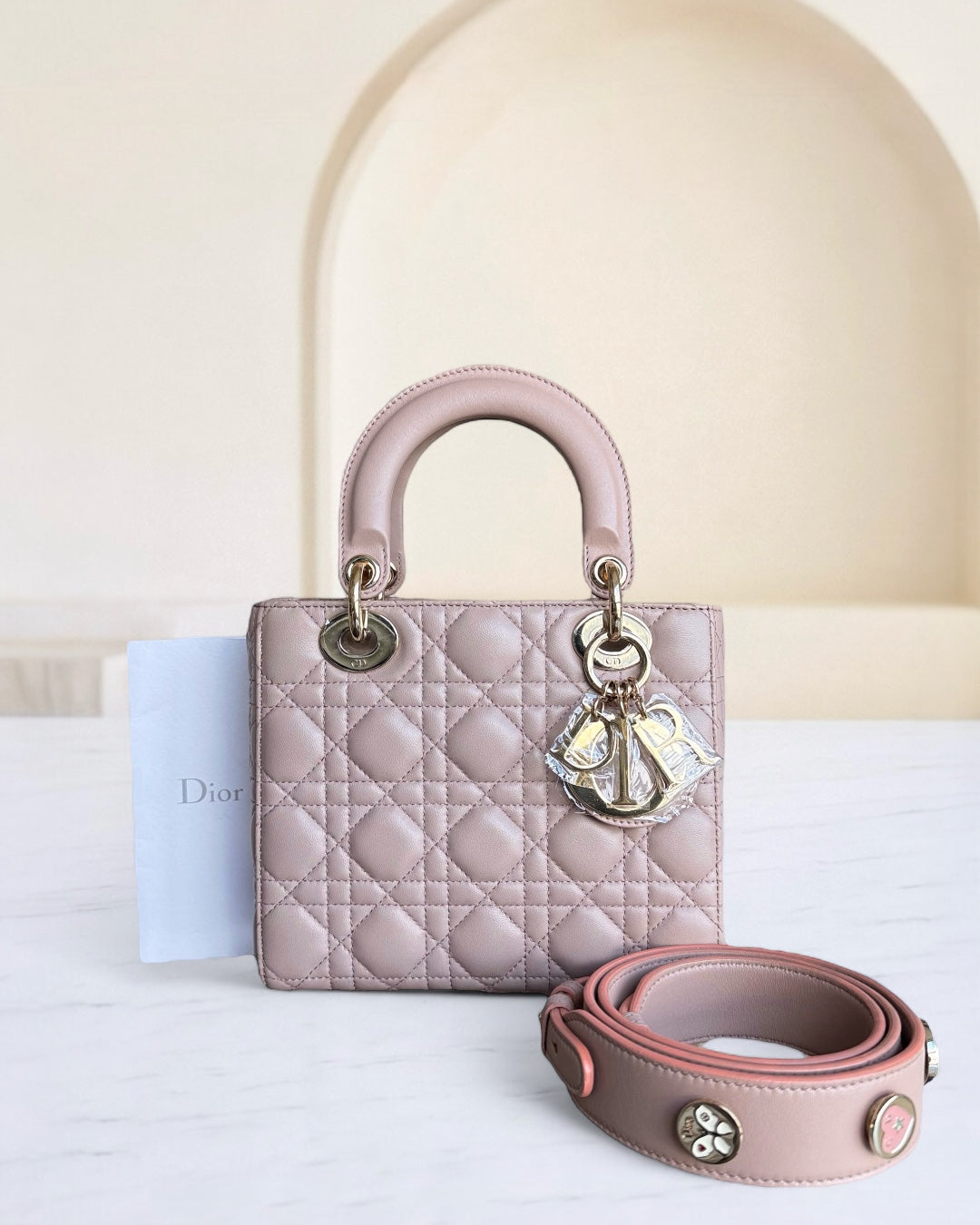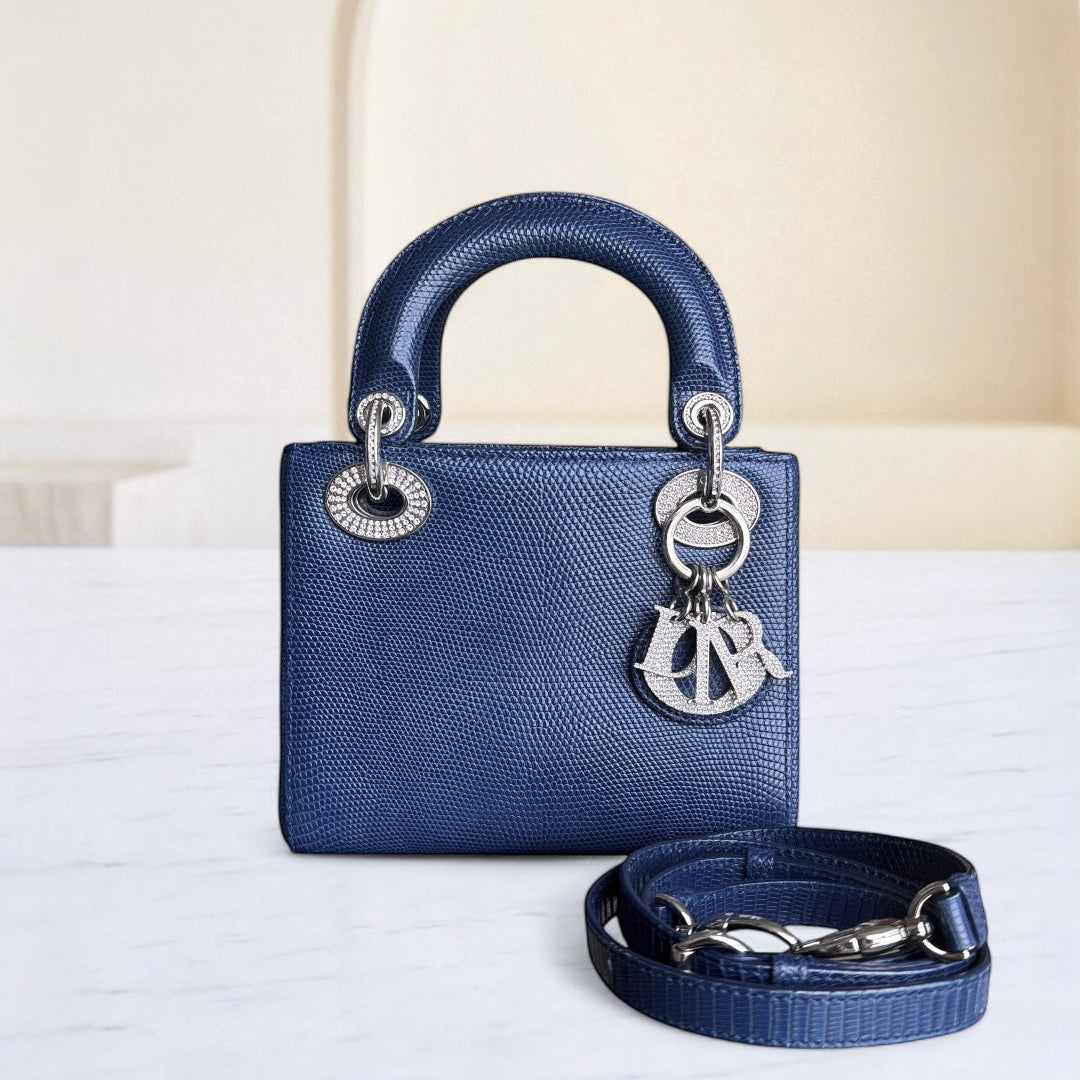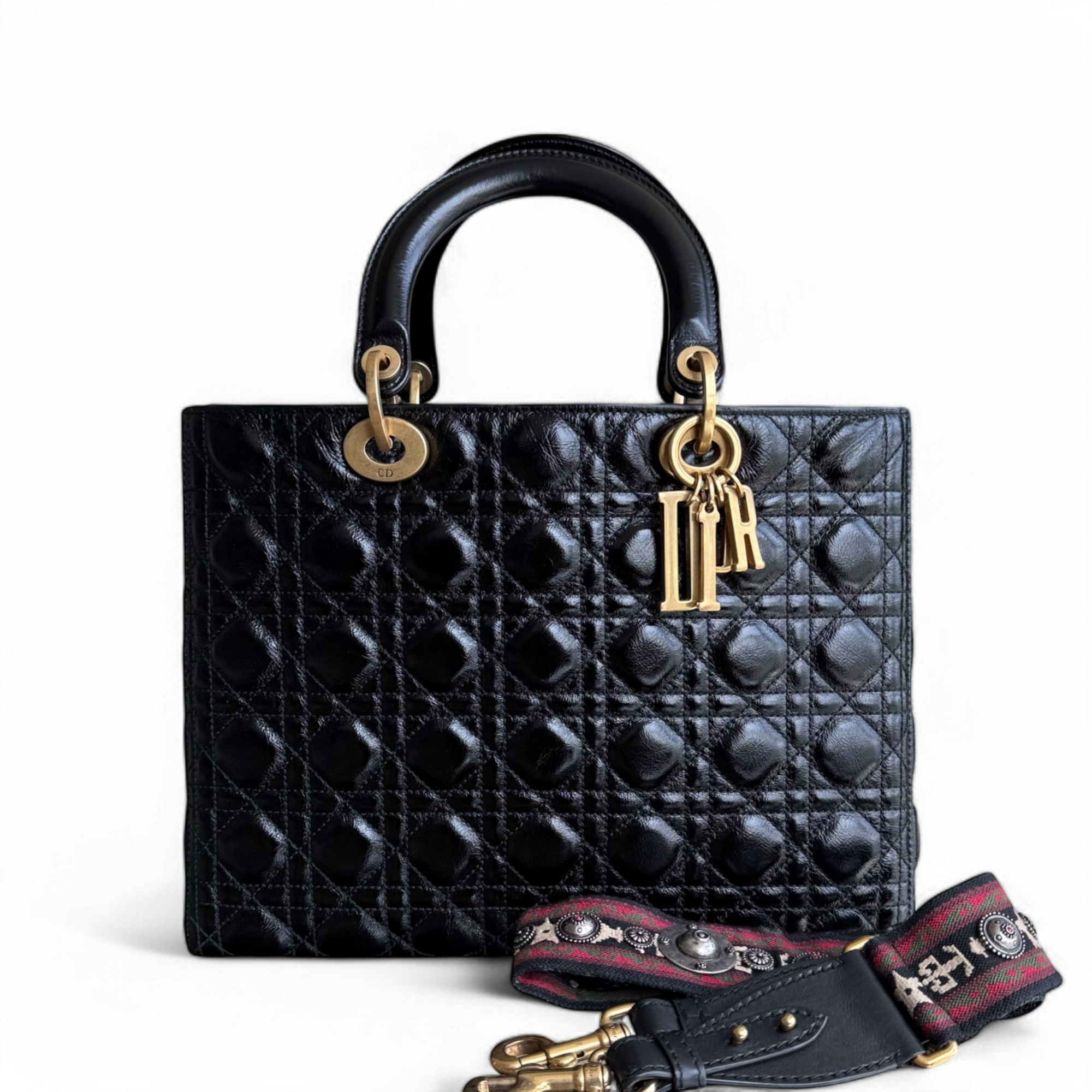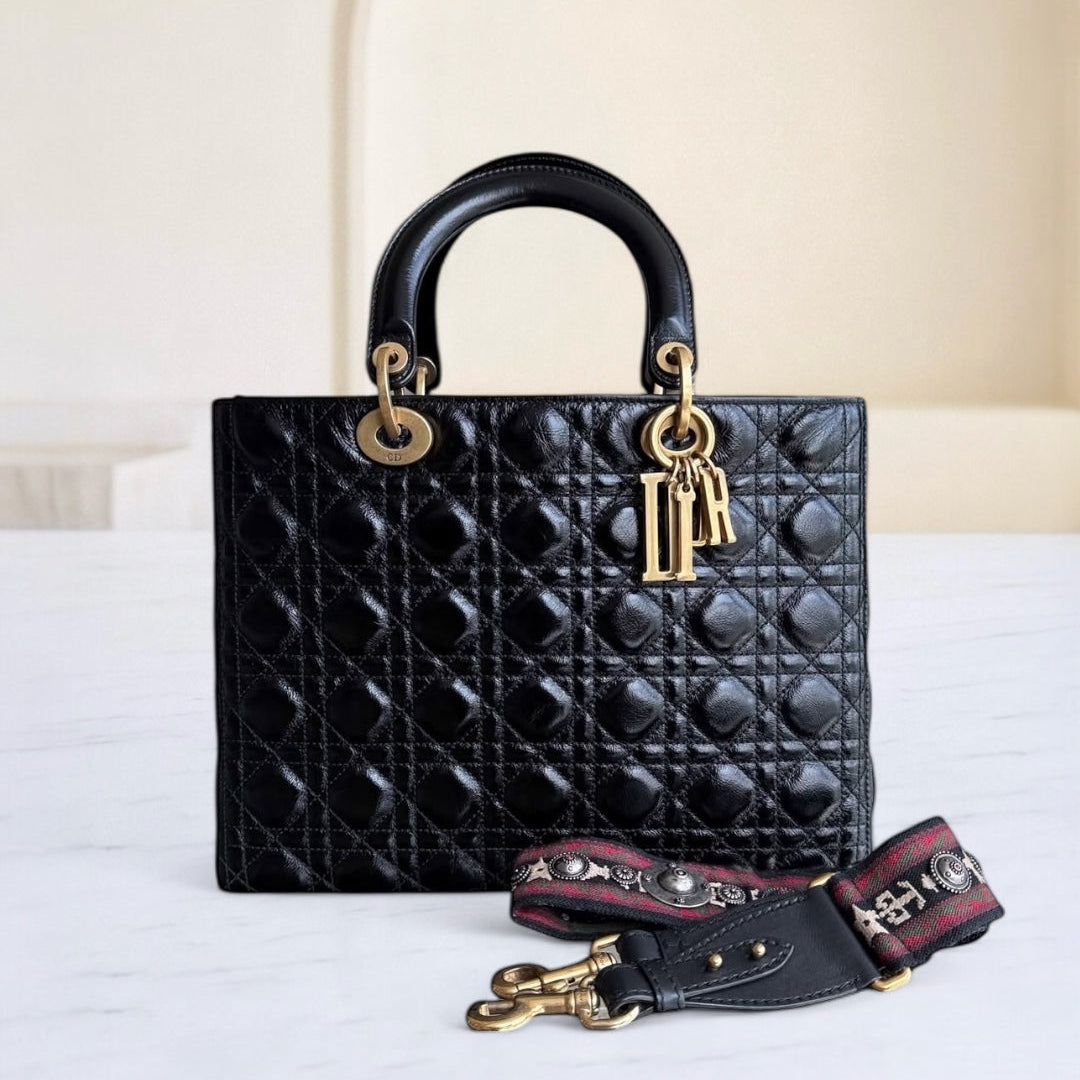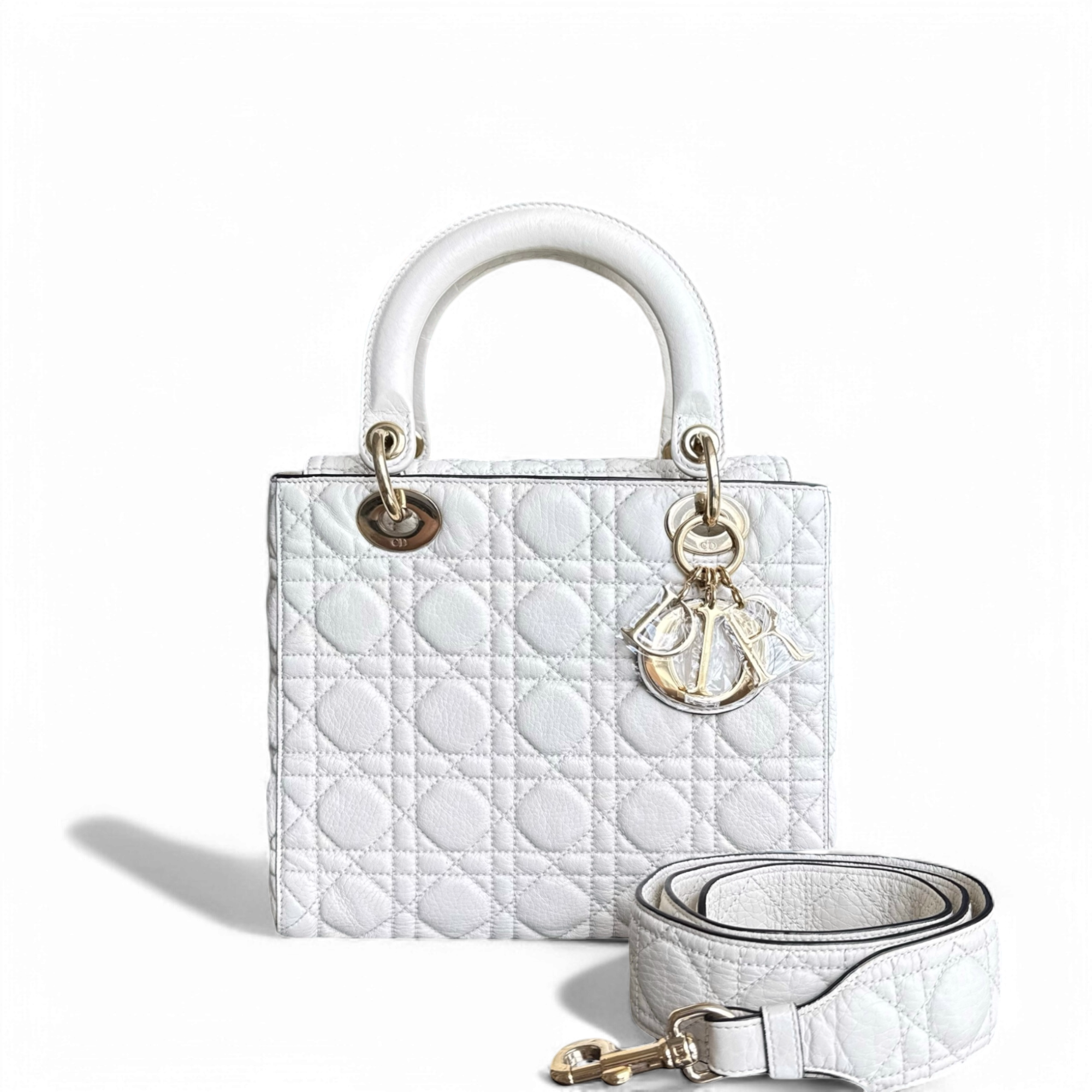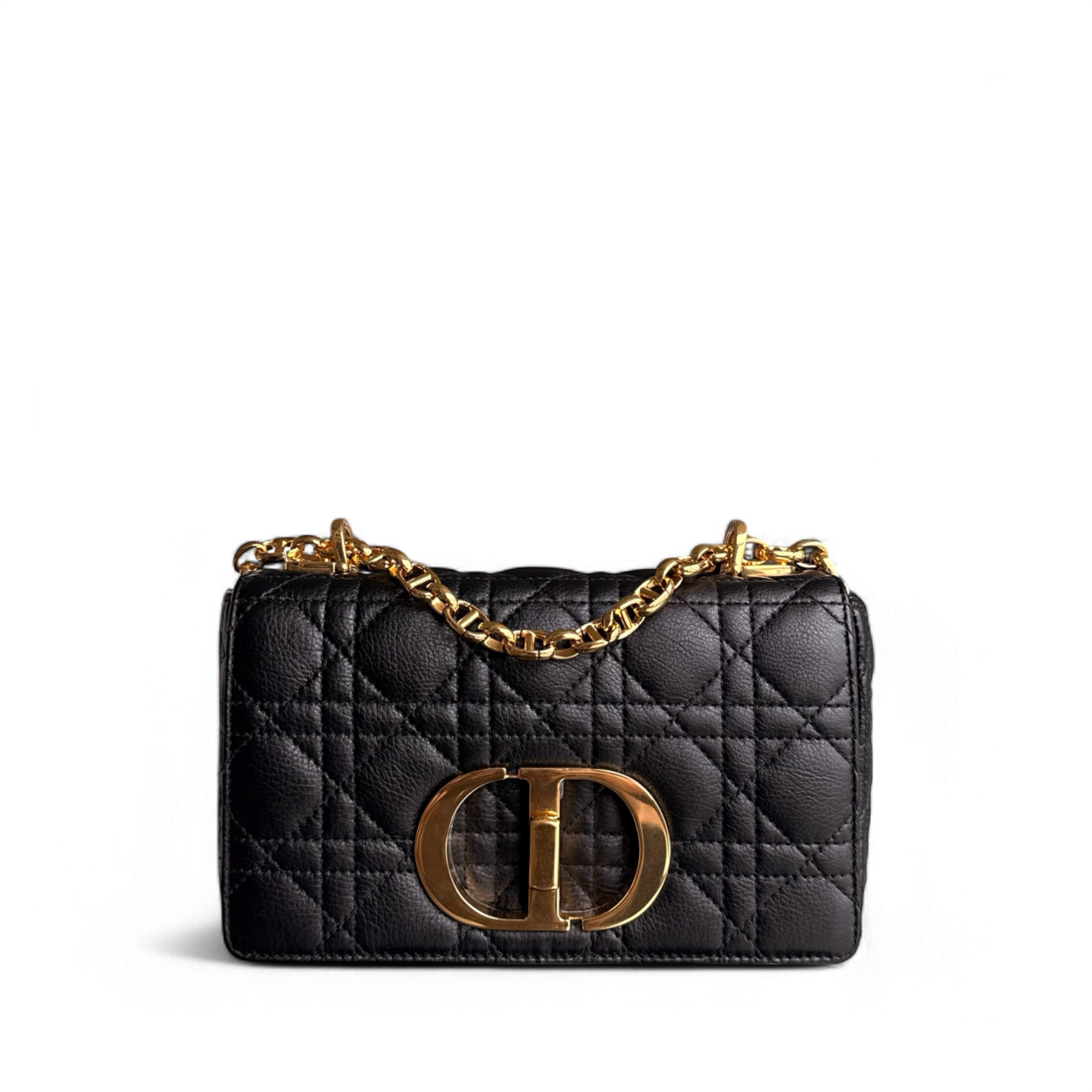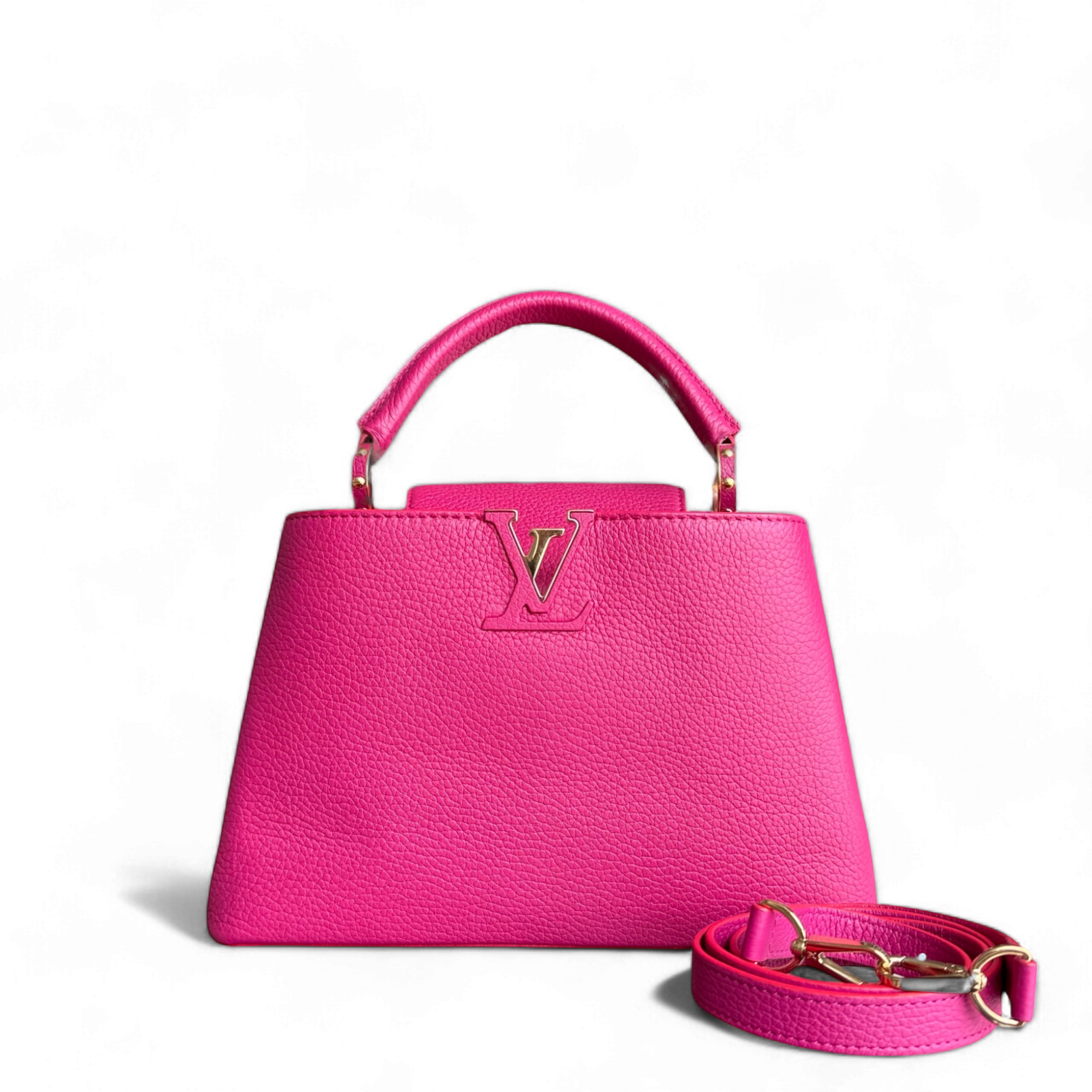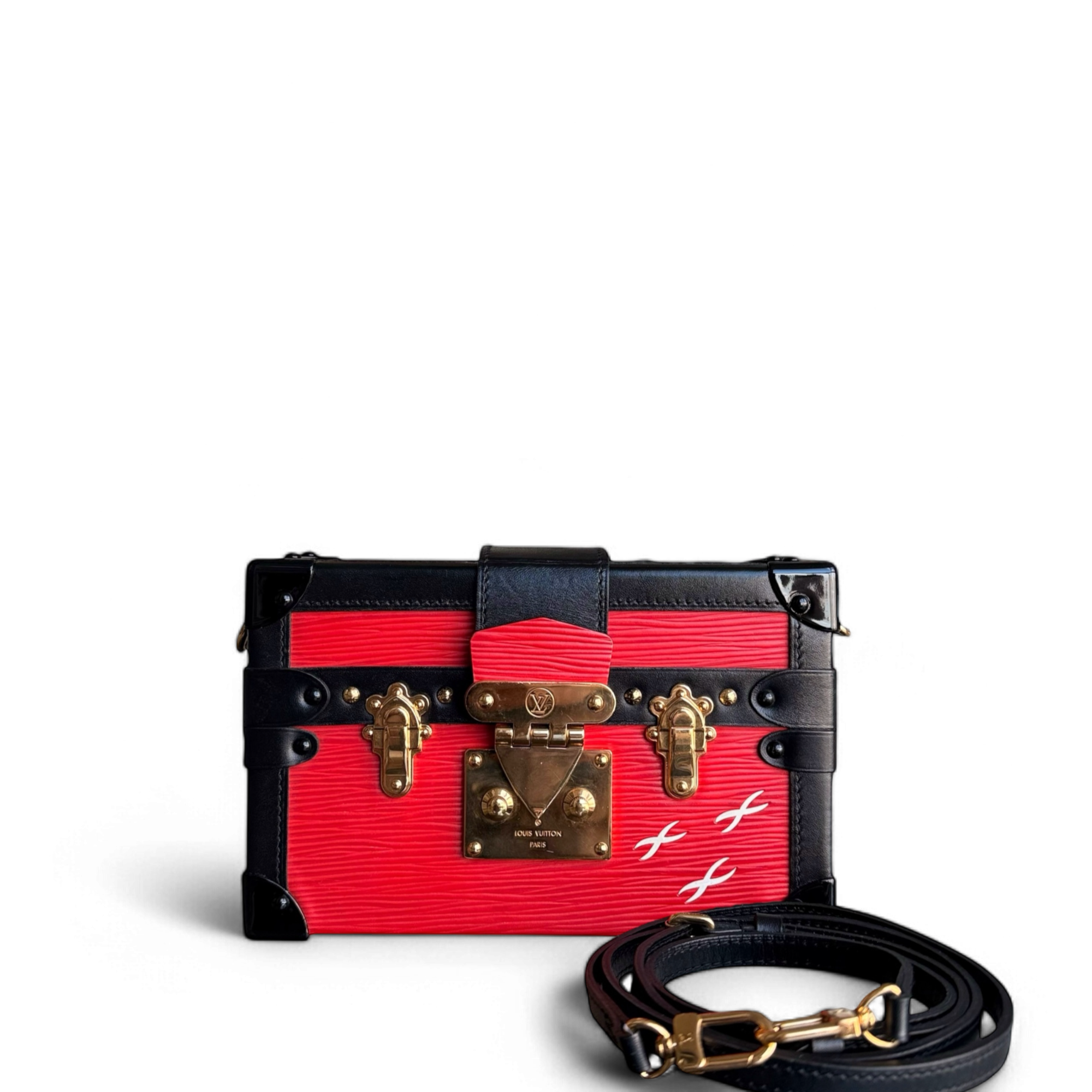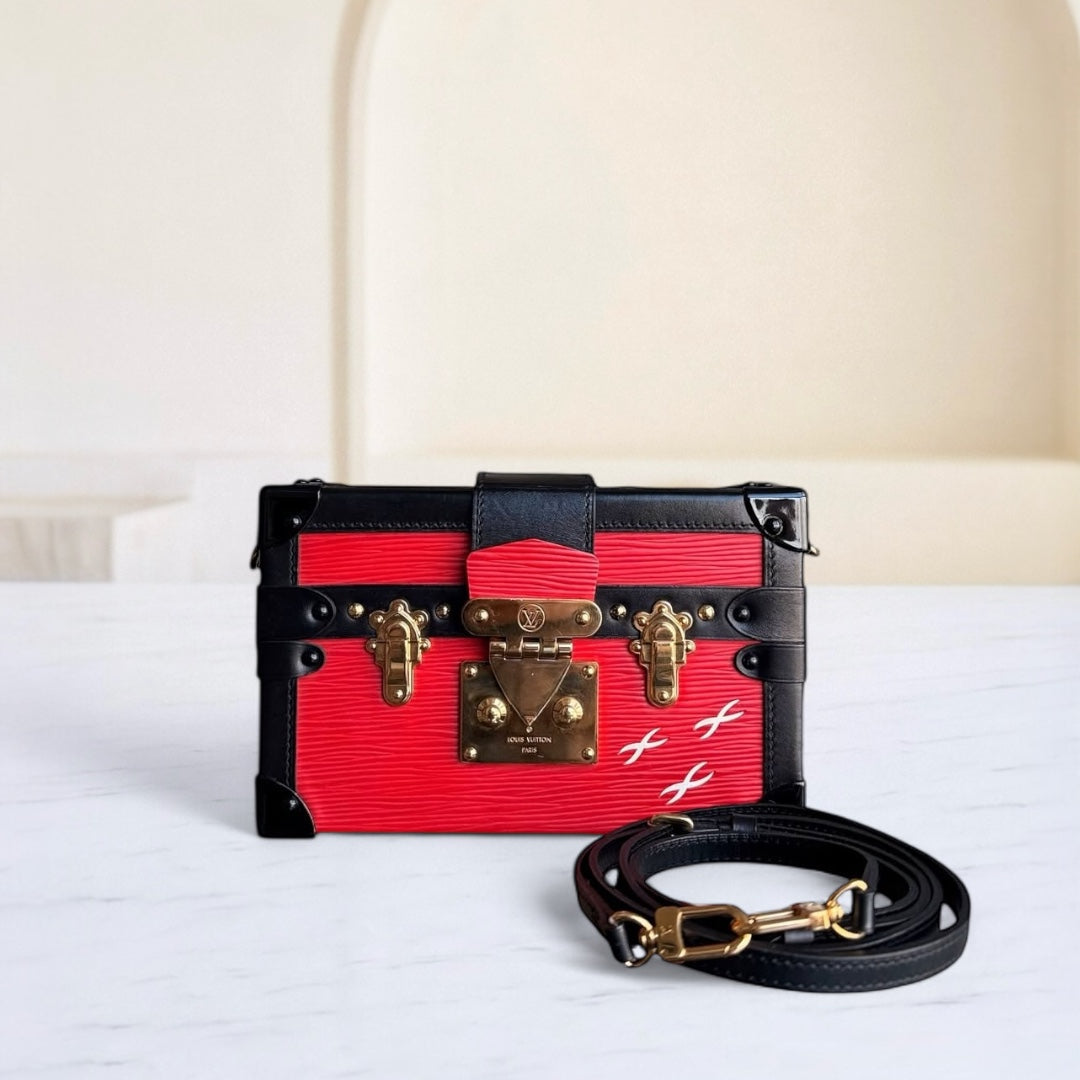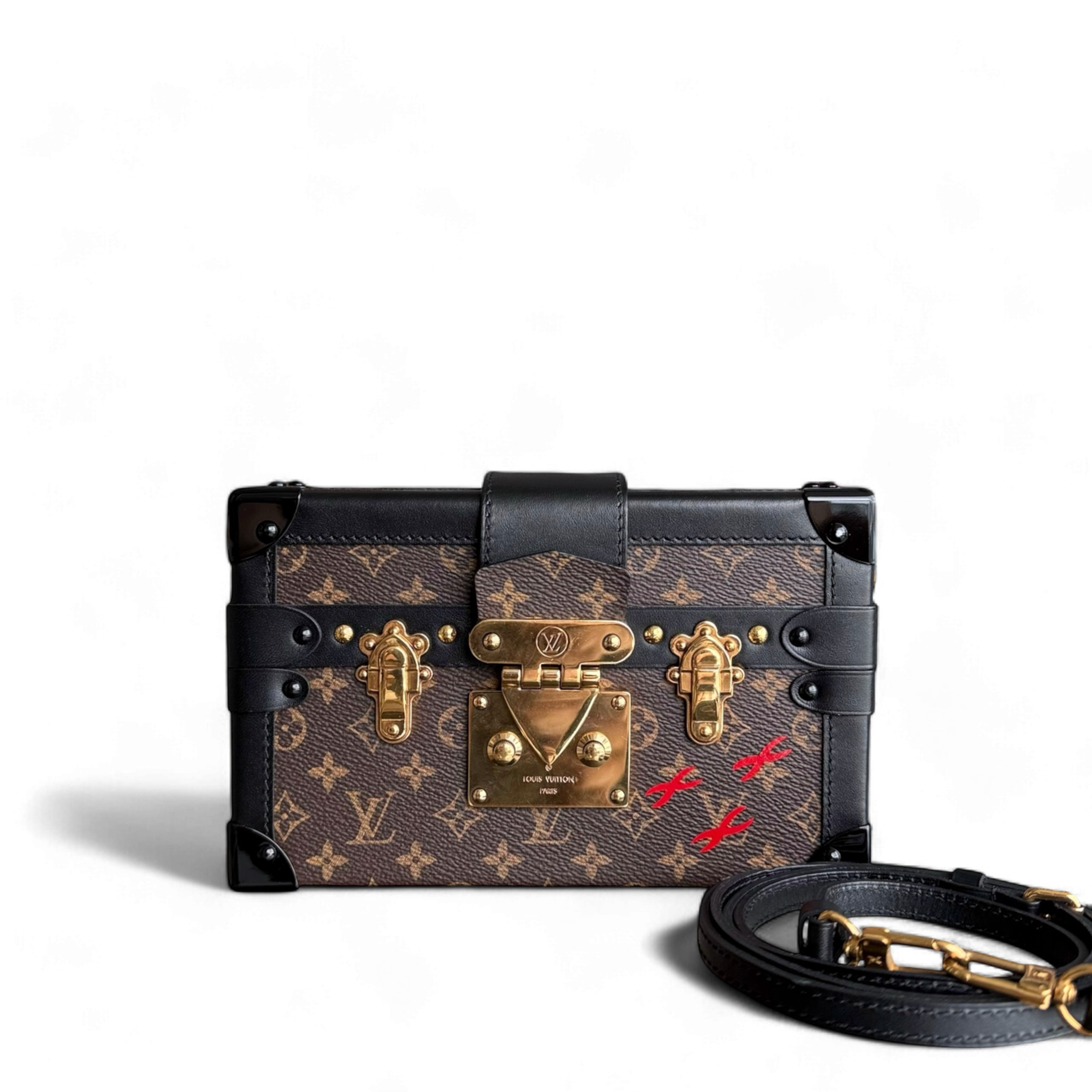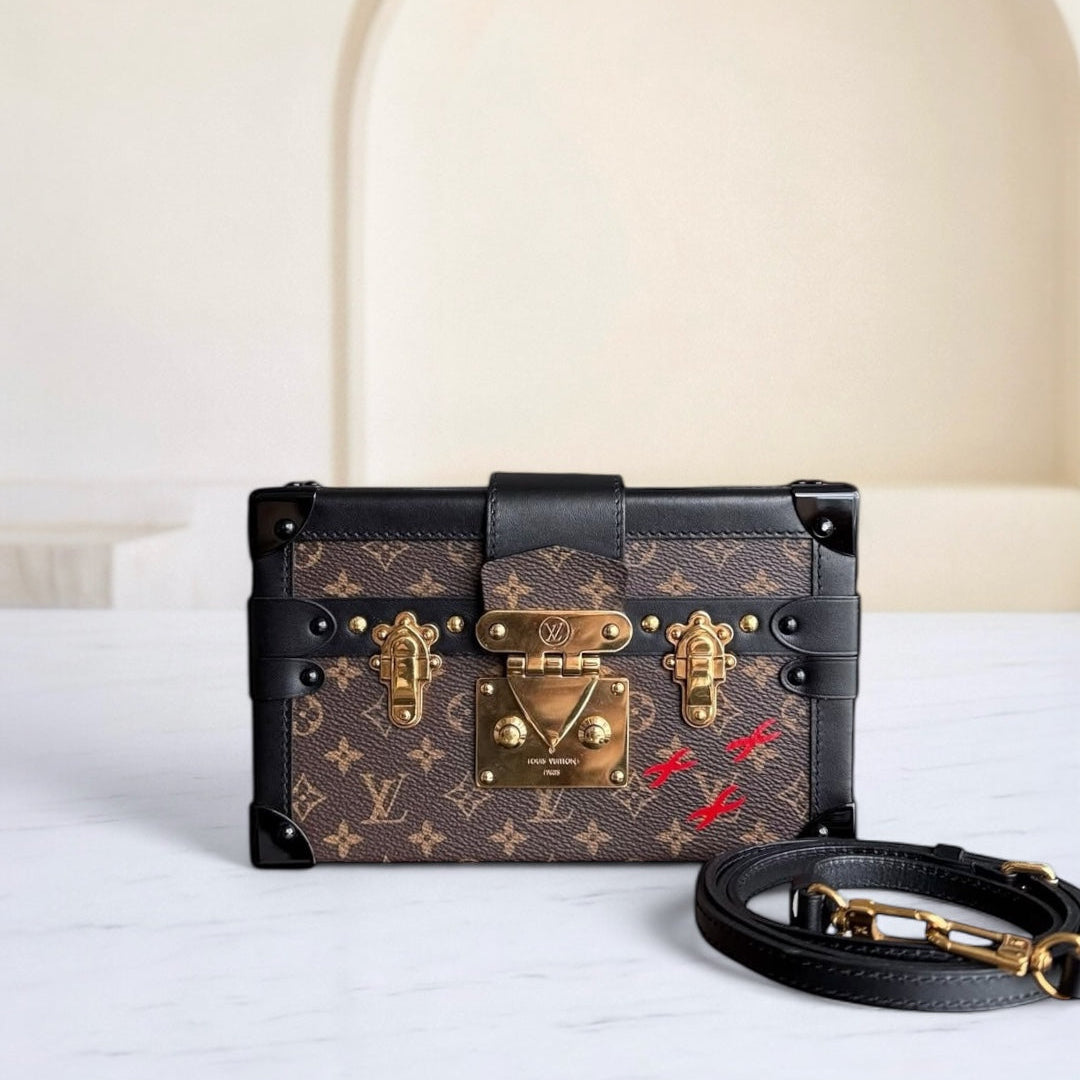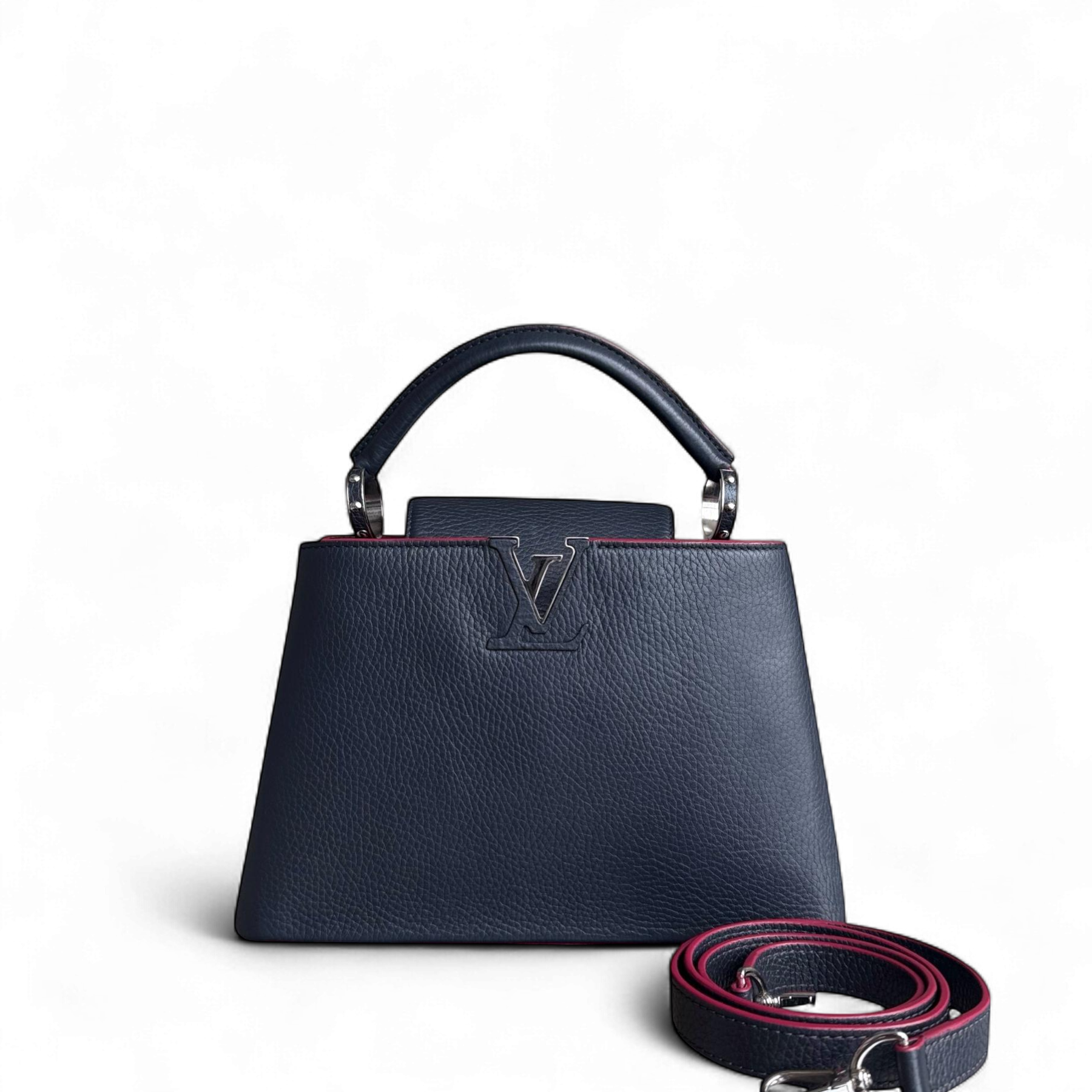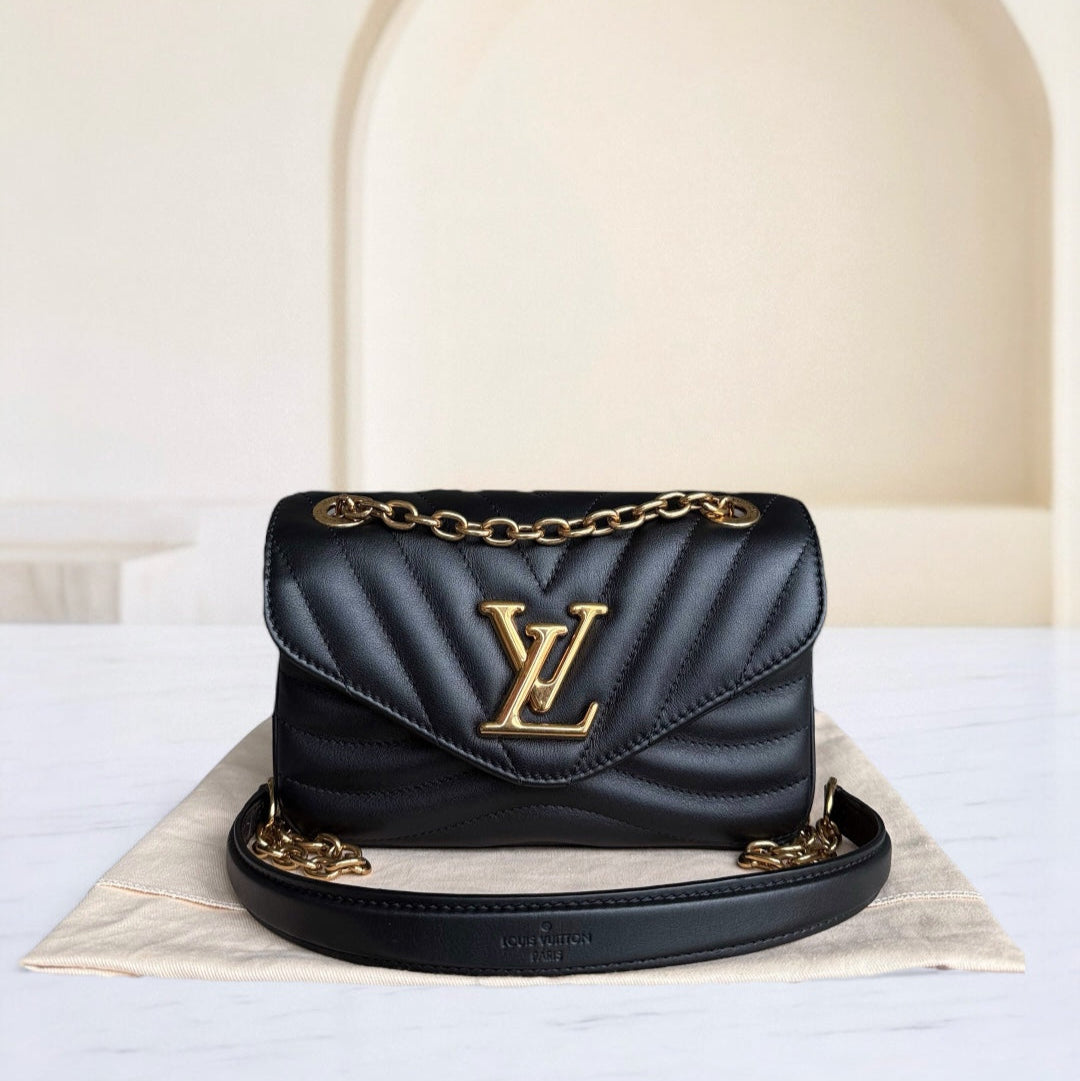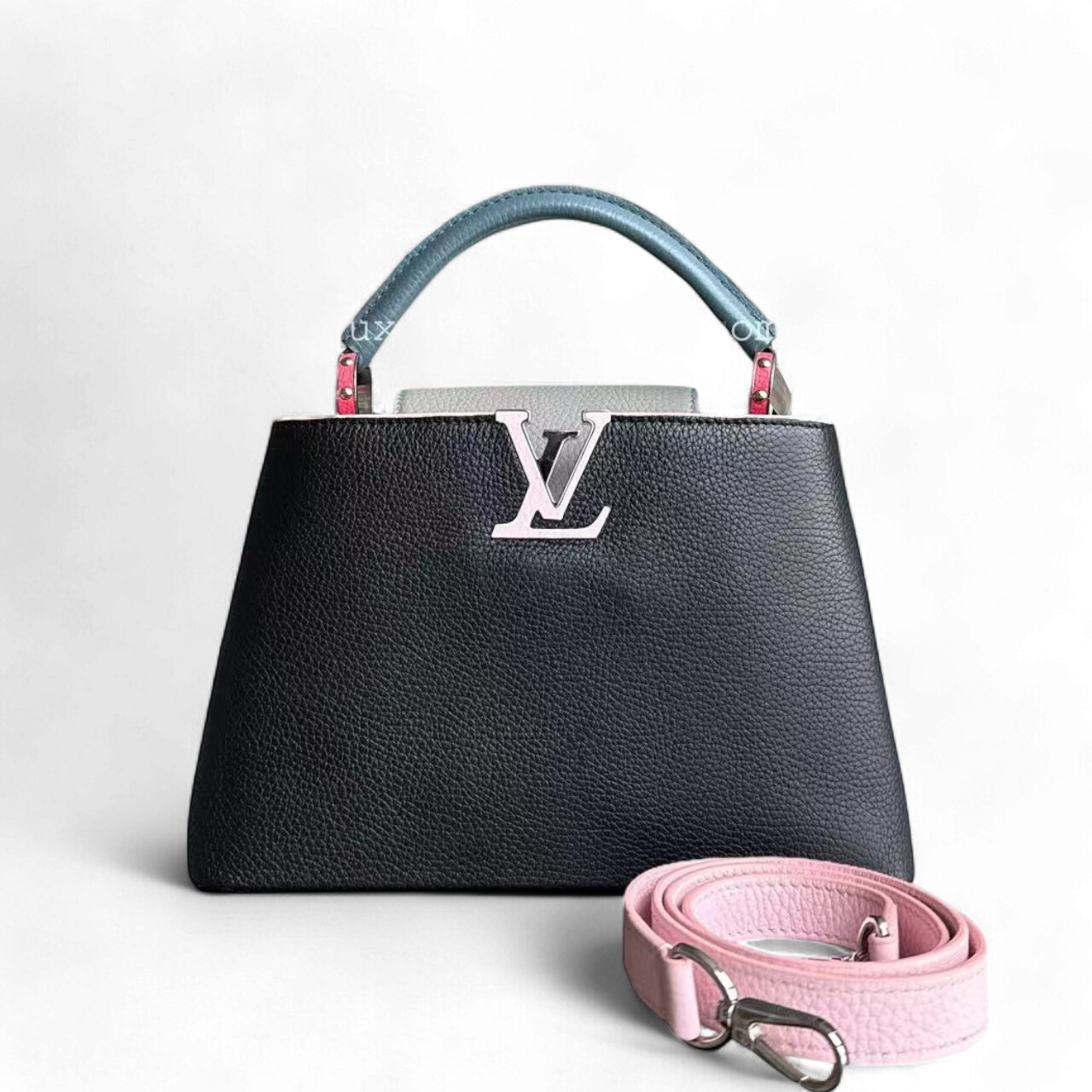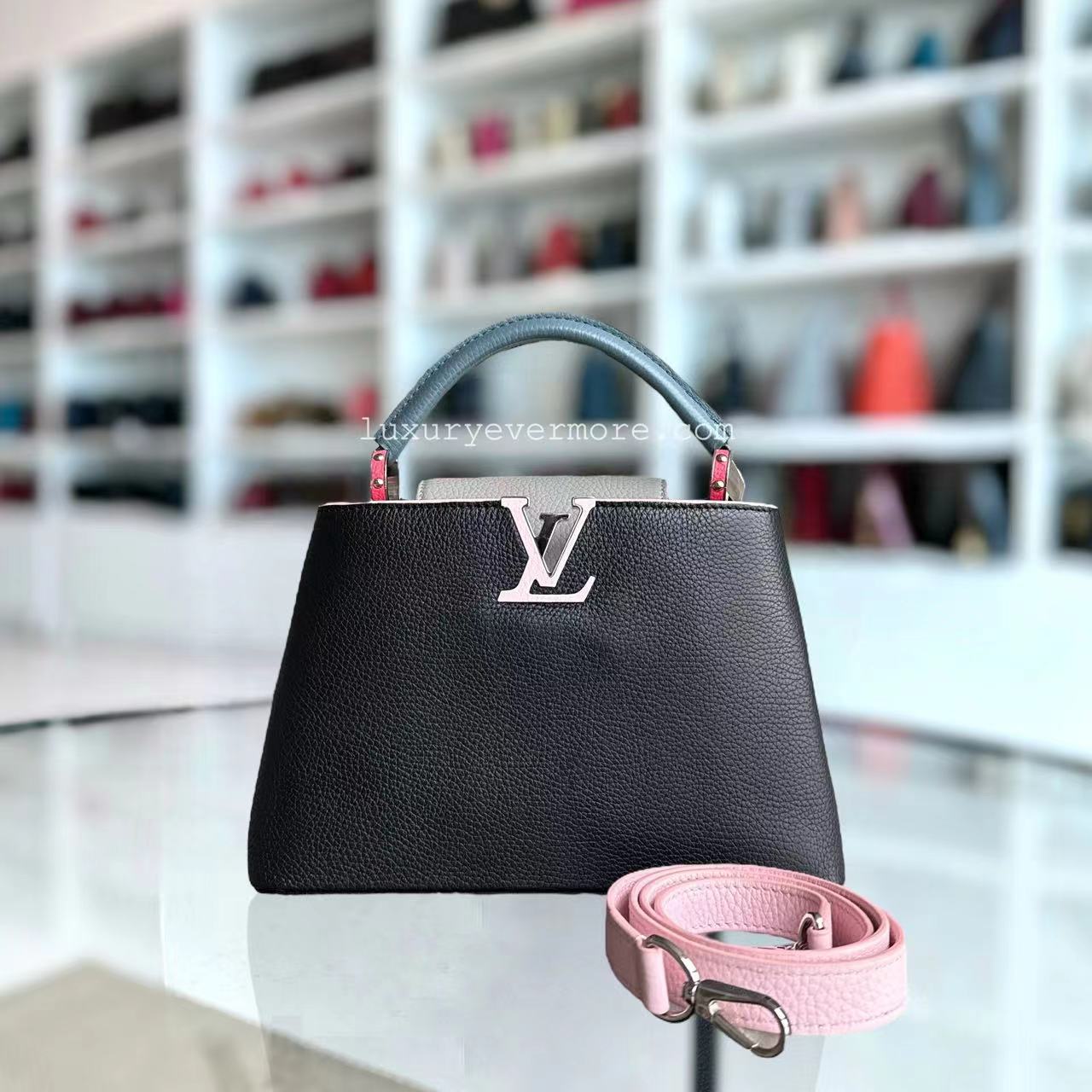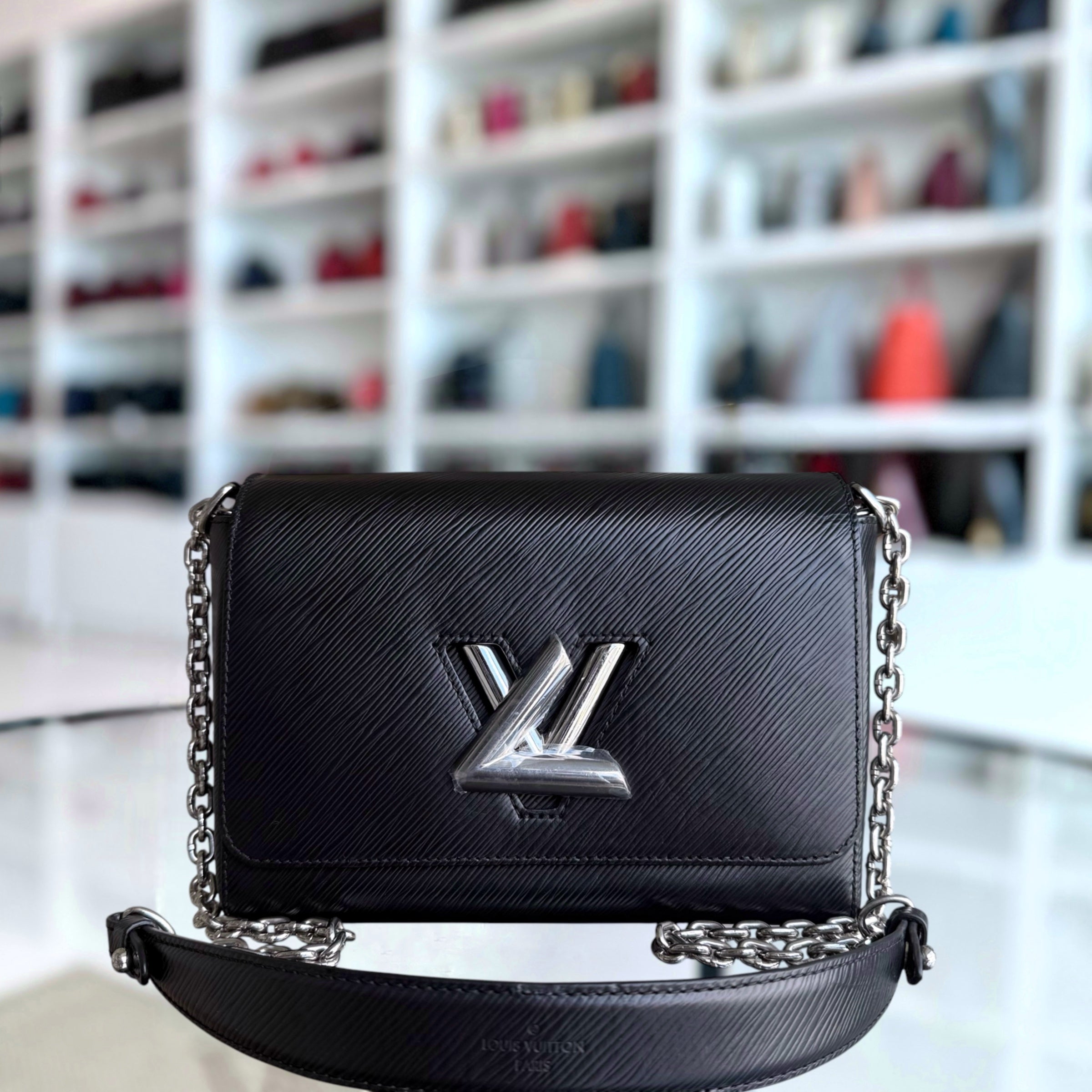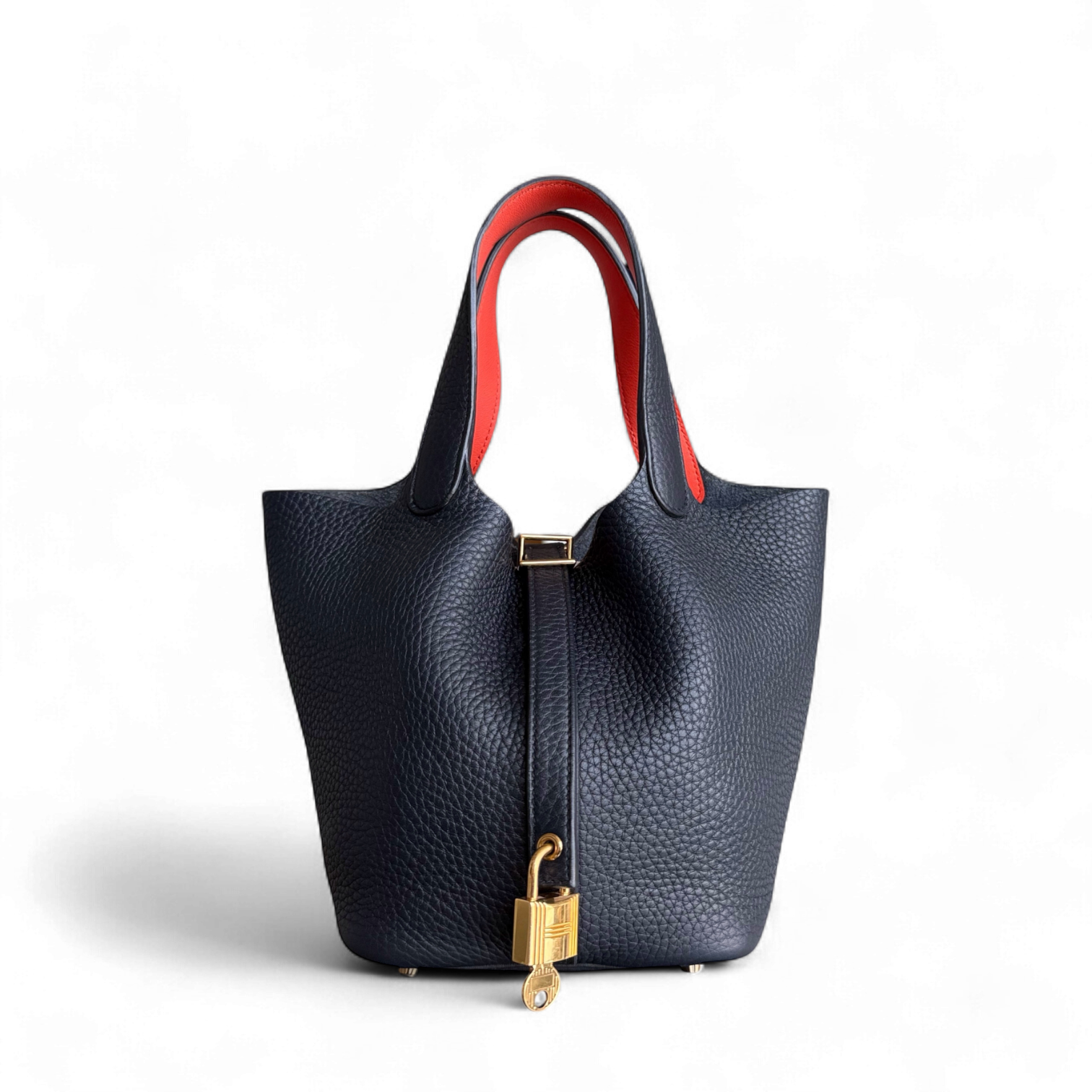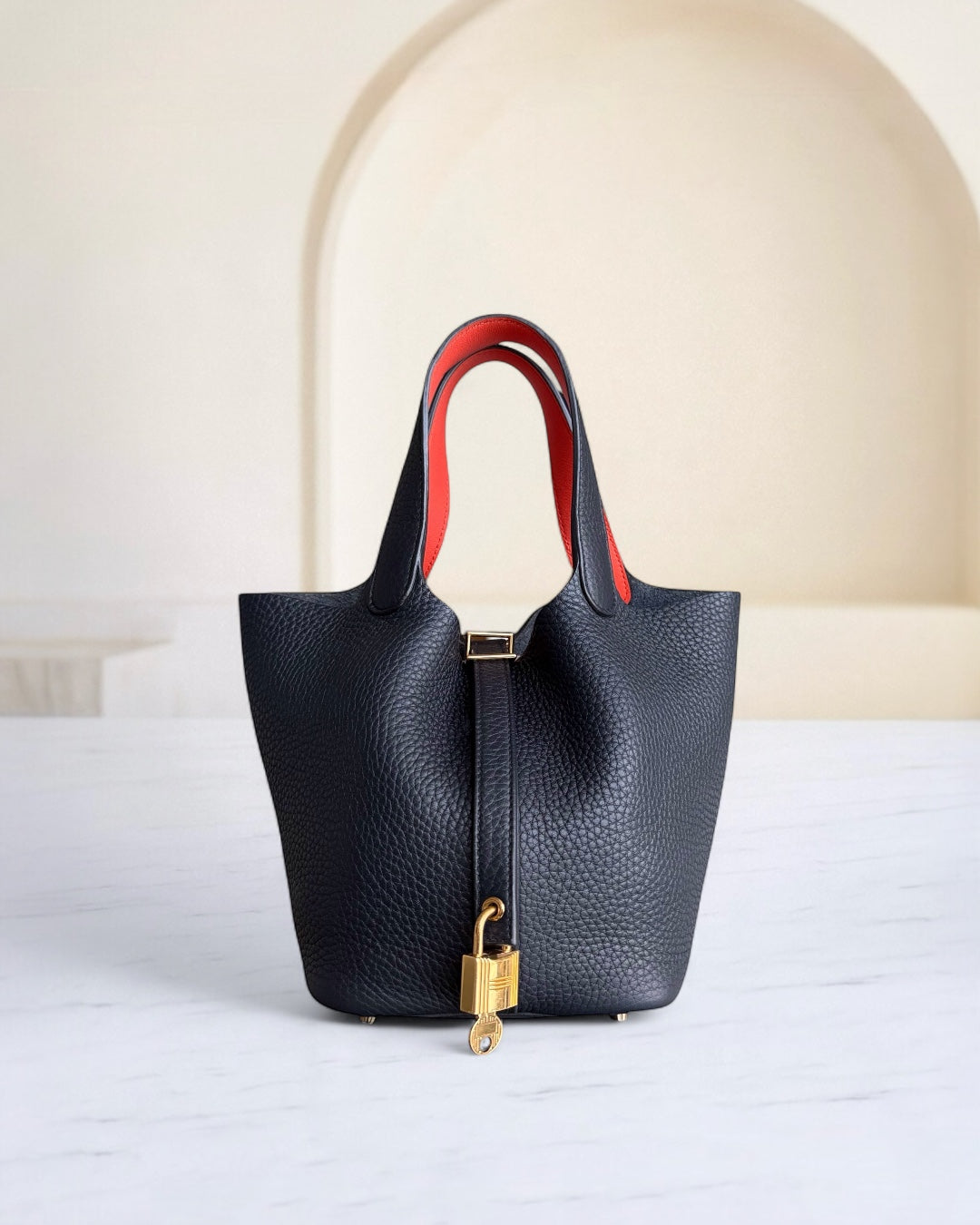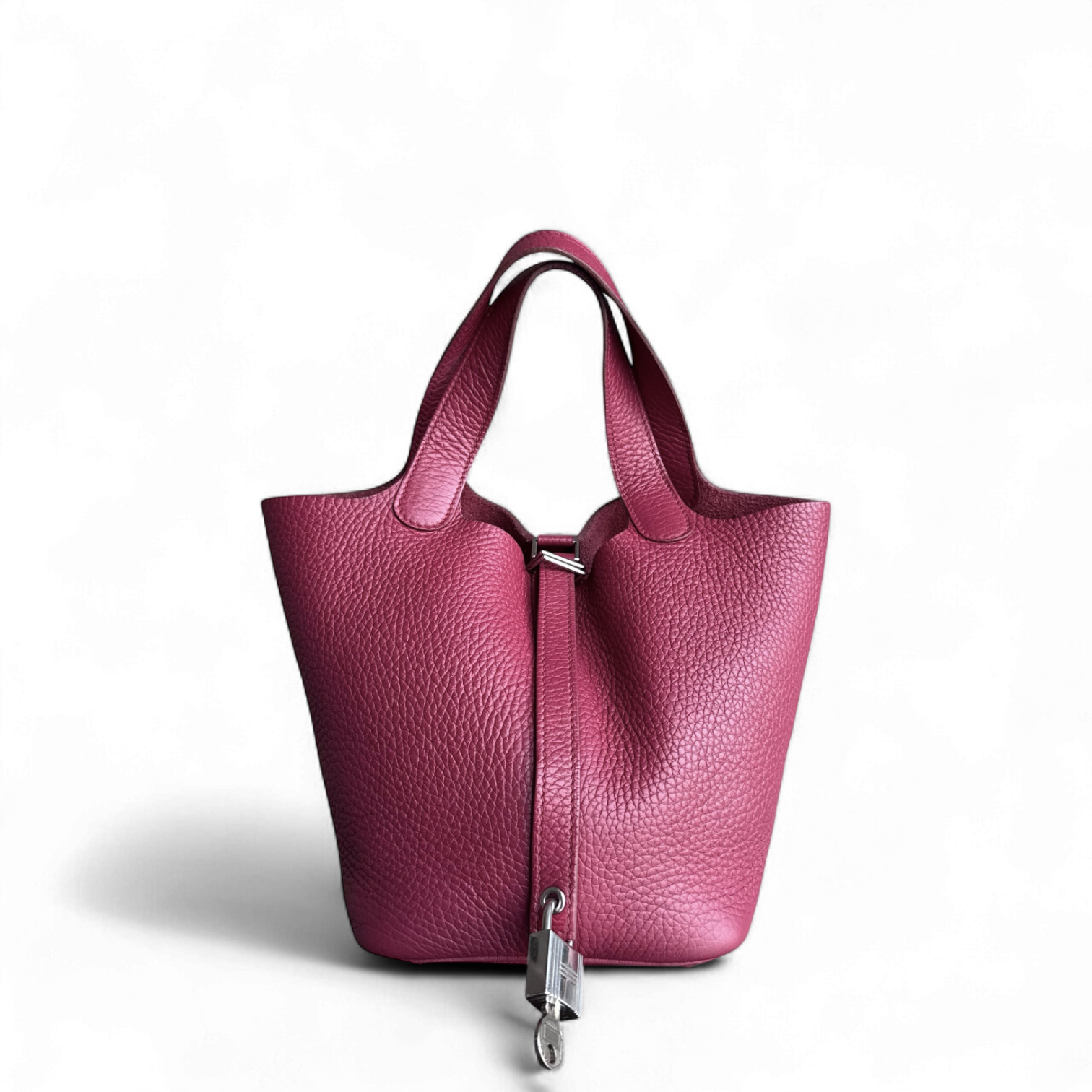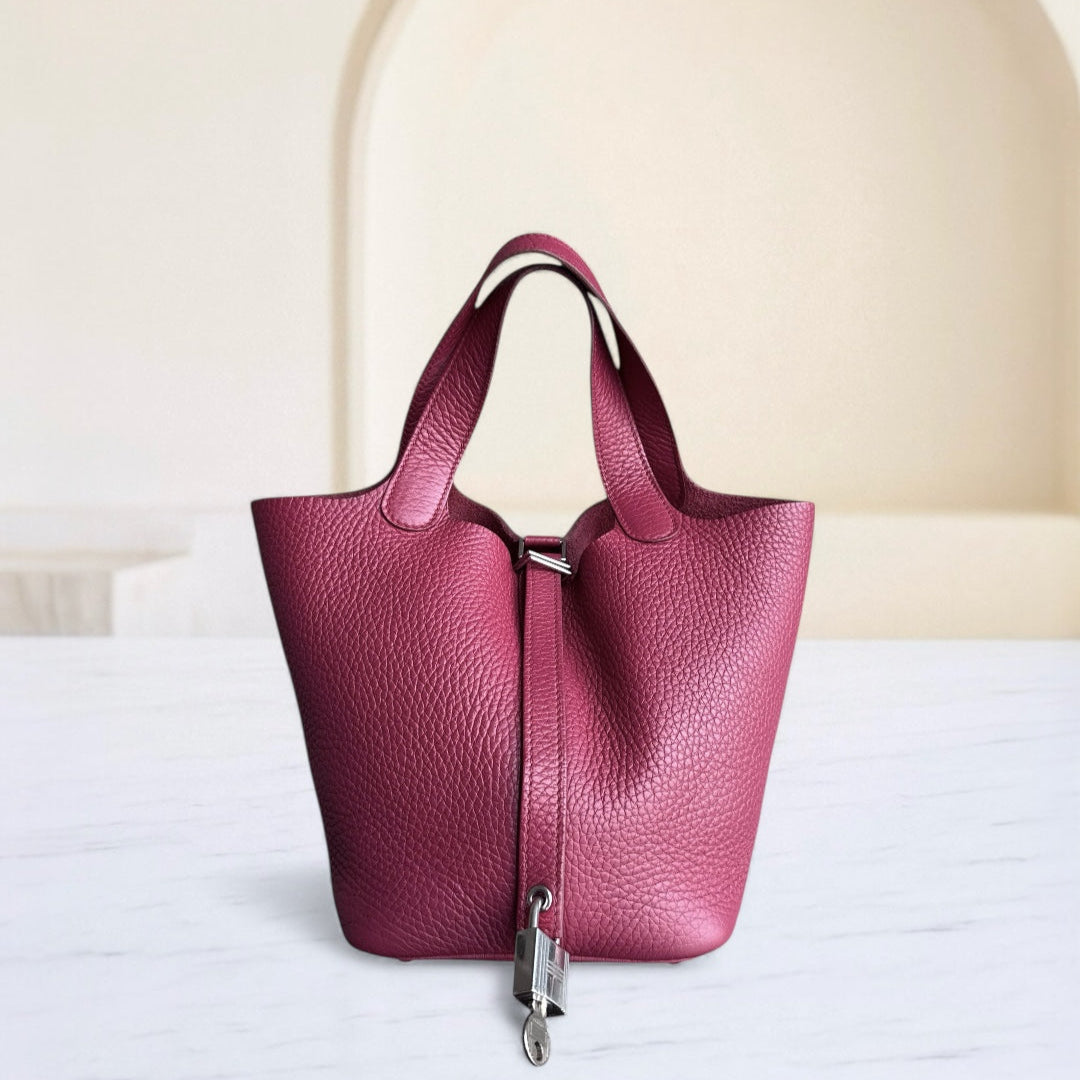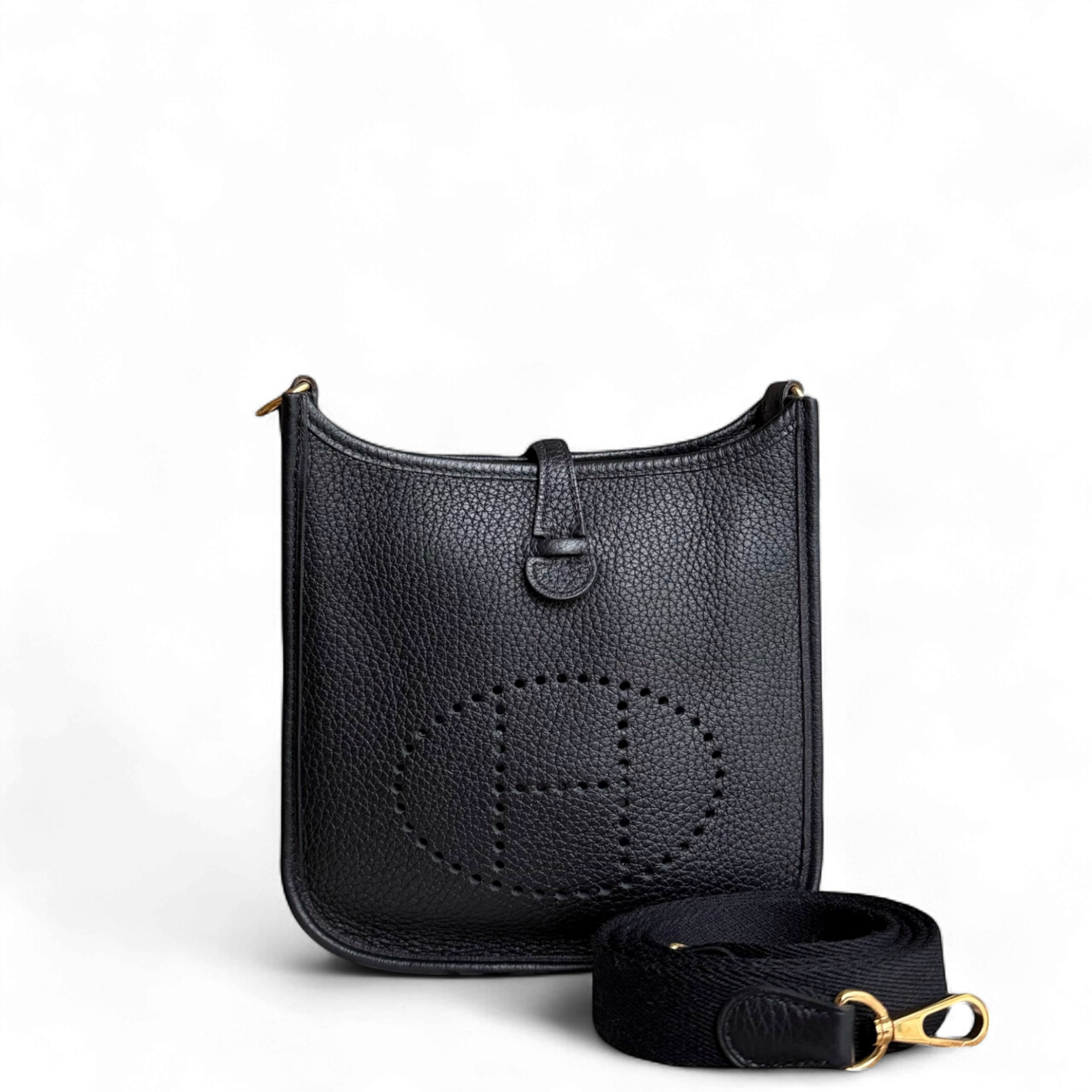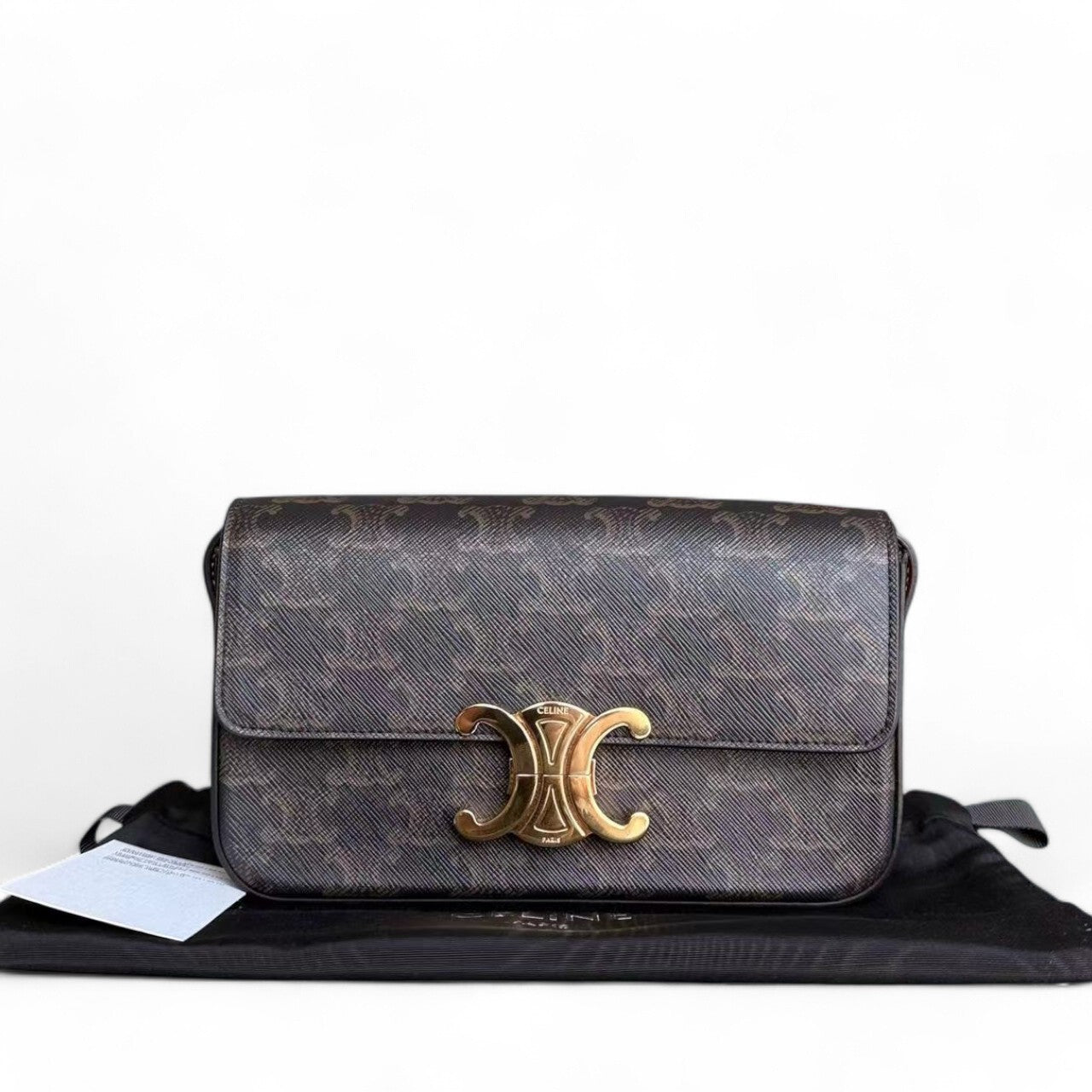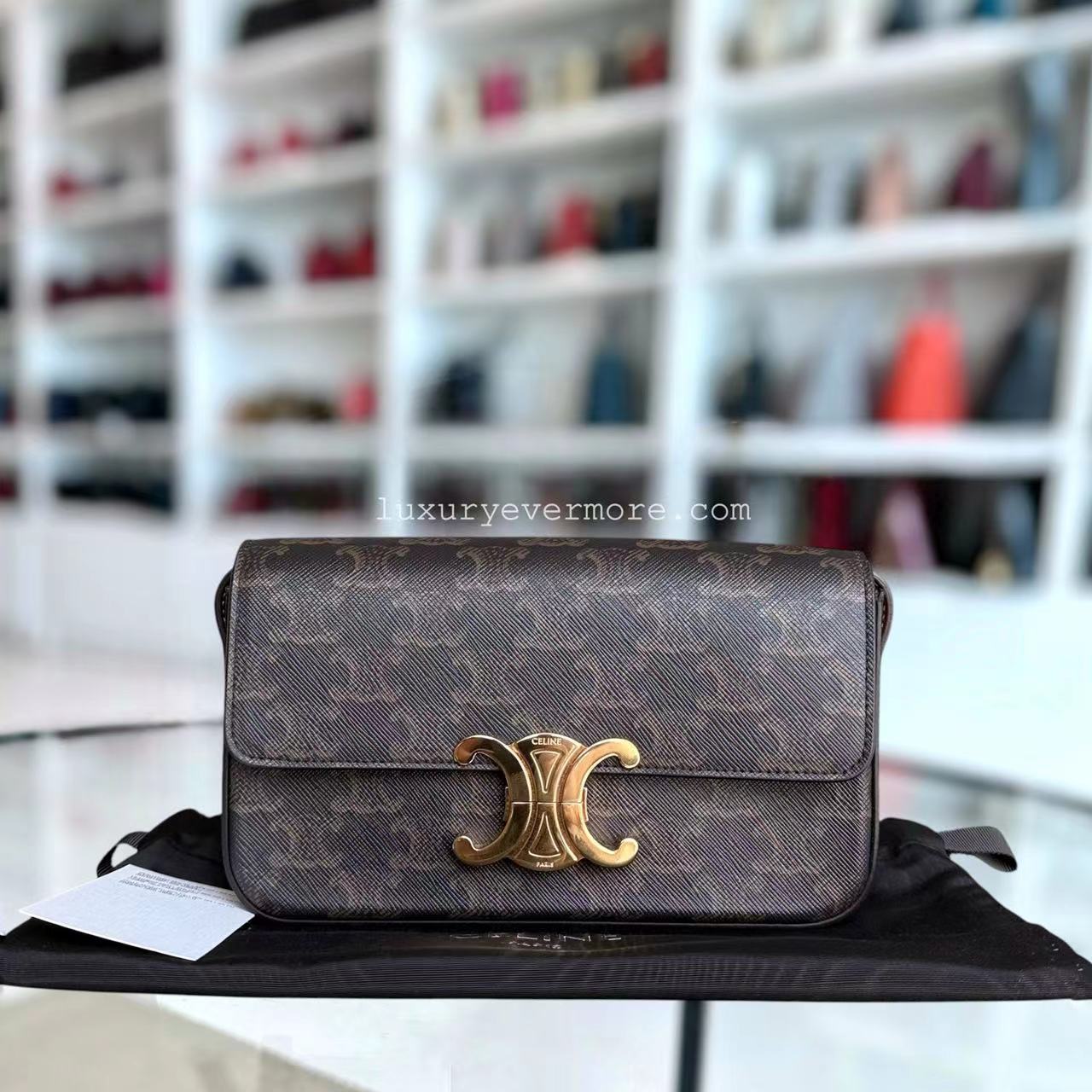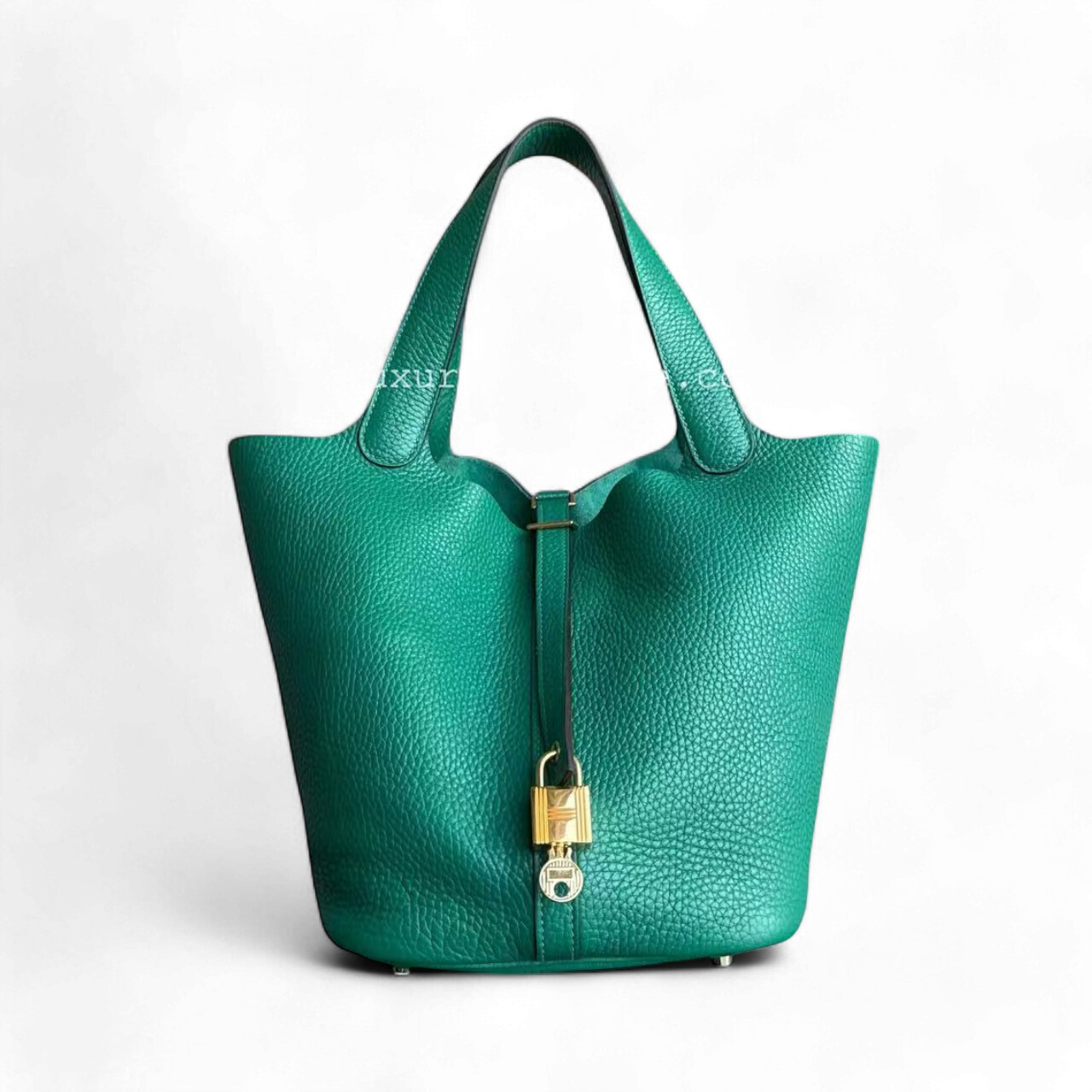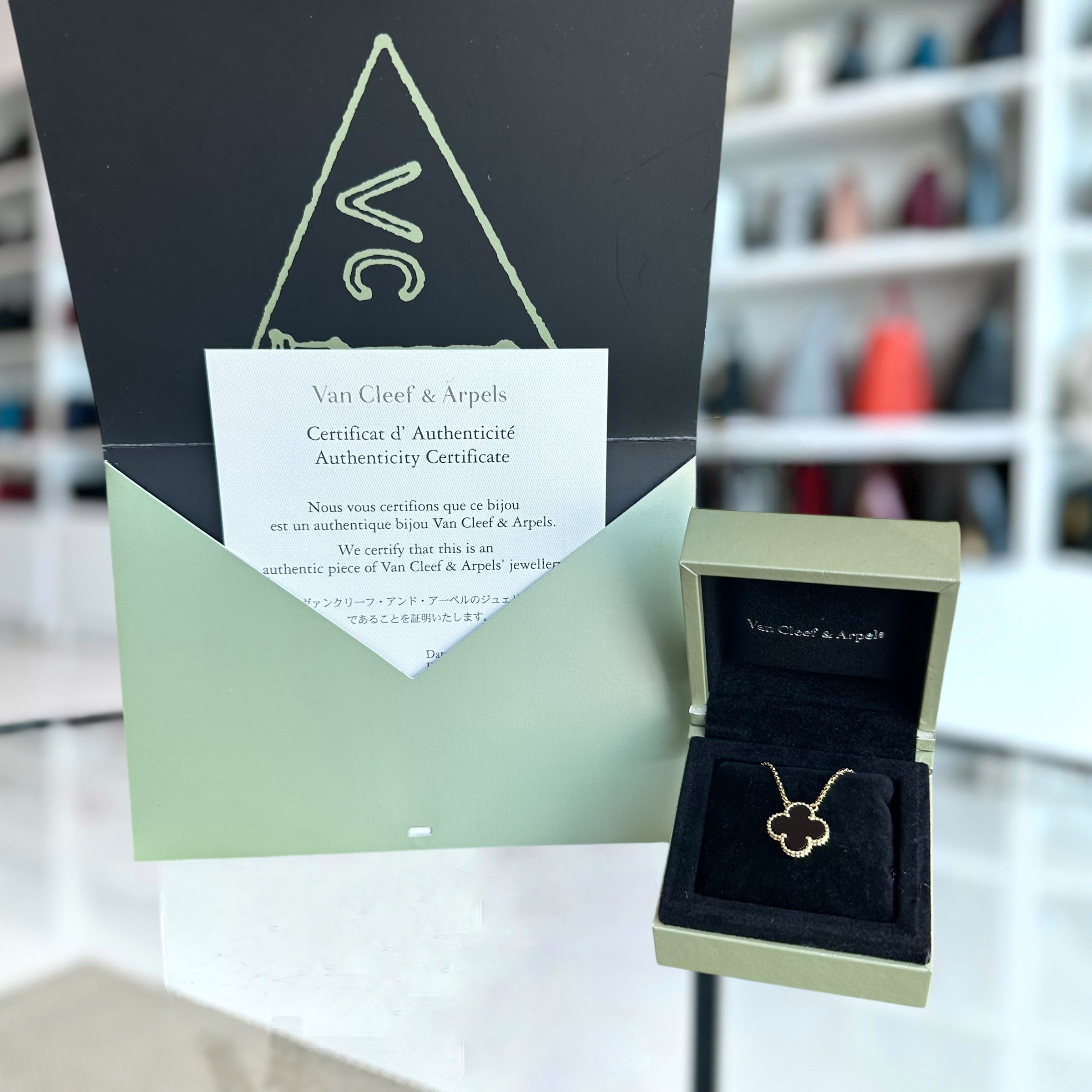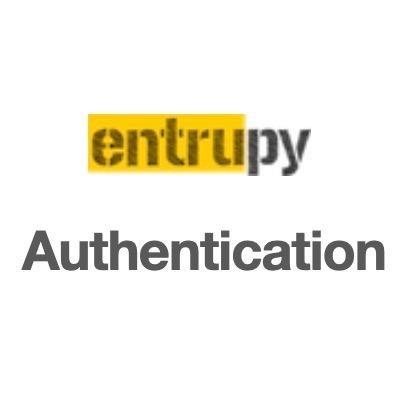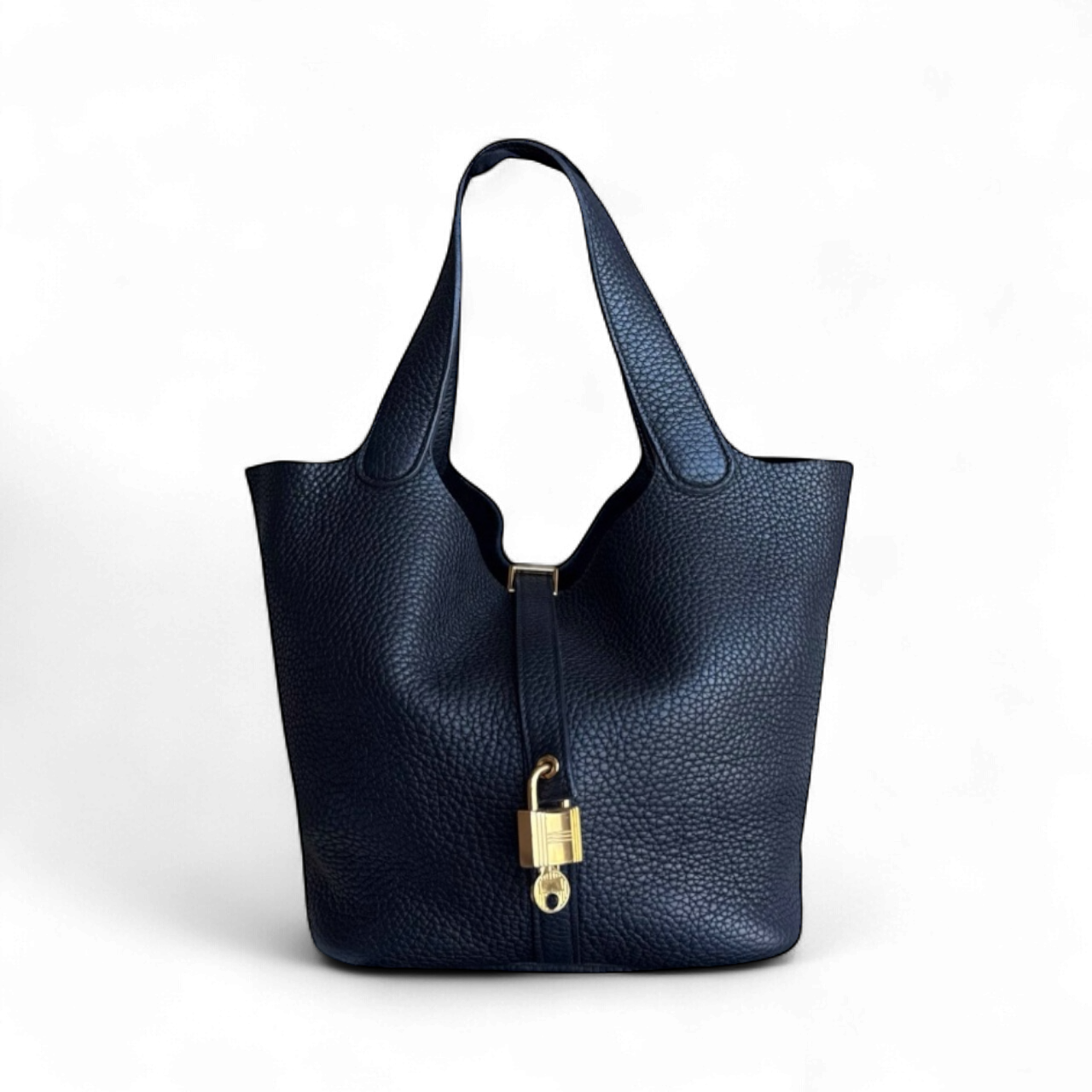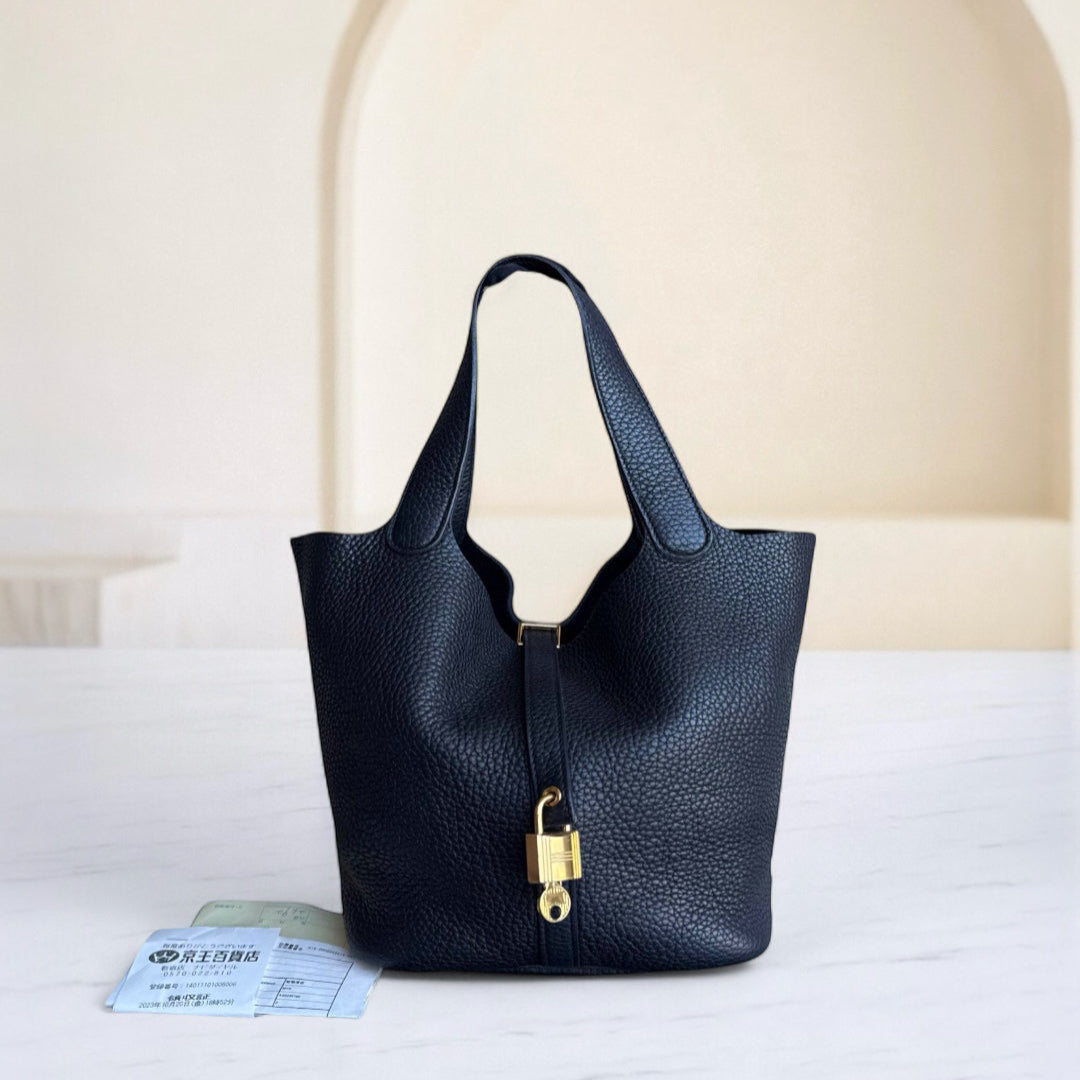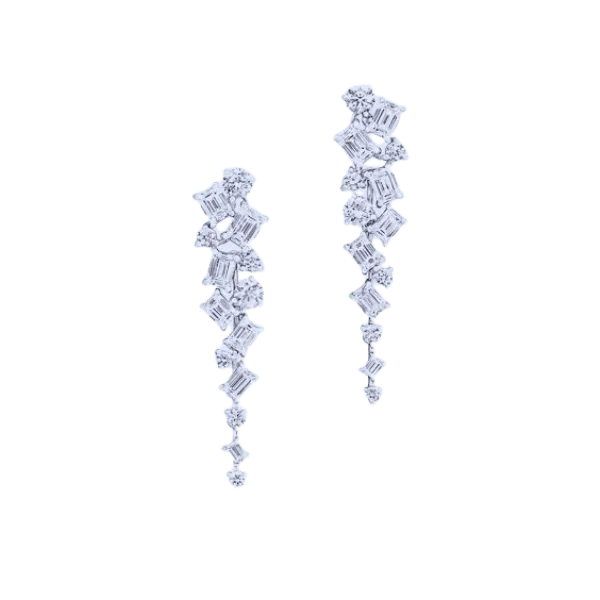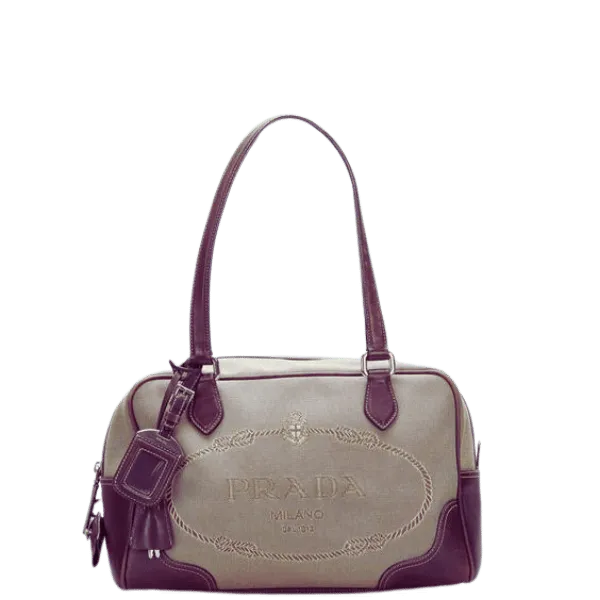Discover Top Tips for Buying Affordable Diamonds: From Loose Diamond Deals to Wholesale Prices
Purchasing diamonds, be it for oneself or investment purposes, has to be carried out with an in-depth comprehension of the market and the means of evaluation. This guidance intends to help the readers with essential knowledge that can aid in successfully acquiring jewels at a lower price, from loose diamond opportunities to those who consider buying wholesale diamonds. There are many expert tips and market trends that will help potential buyers learn how the diamond industry works and how to invest expertly. So whether you are looking for an exquisite diamond-encrusted engagement ring or wish to broaden the scope of a jewelry business, this coverage will provide you with all the necessary informational tools for expensive and competitive purchases.
How to Choose the Perfect Loose Diamond?

When purchasing a loose diamond, a few essential factors must be considered to ensure that the purchase is both sensible and beneficial. First, look into the diamond's quality in the "Four Cs": carat, cut, clarity, and color, as they significantly affect the grade and. value. When looking for stud earrings or diamond rings, the cut of a diamond is significant. For cross-reference purposes, always ask for a certification from the dealer's certifying authority, such as GIA, the diamond grading institute. Lastly, come up with a line of expenditure that categorizes size and quality in terms of your preferences; this way, you will be more specific with your targets, saving you time in looking for things that fall below your budget.
Understanding the 4Cs of Diamonds
The 4Cs are applicable in assessing the worth of a diamond based on its quality. The first is Carat, which corresponds to the size of the diamond and is one of the key factors when determining the price of a diamond. The second factor, cut, determines how the diamond is shaped and polished and how much light it can reflect, making it bright. A diamond that is cut well has more return of light and reflection; hence, it is most suitable for diamond stud earrings and rings. Clarity deals with the number of internal inclusions or external blemishes on a diamond; the lesser the number of these inclusions or blemishes, the more the value of the diamond. The third C, Color, evaluates the shade of the diamond with preference given to the stones with lesser color. The client's requirements are precise, in case they want to have a balanced stone with different characteristics or a specific diamond ring or diamond earrings and work within the restraints of the budget.
Comparing Natural Diamonds and Lab-Grown Options
Various characteristics can be noted while analyzing natural diamonds alongside lab-created diamonds. Naturally occurring diamonds are unique in color and shape. Their uniqueness can be attributed to the fact that they form from extreme pressures and heat in the earth's mantle, which takes millions of years. Lab-made diamonds are made in an LD or a CVD, which allows the diamond to be manufactured in a controlled environment. Regardless, both substrates have the same physical and chemical properties, and the diamond products created in these labs have a much cheaper cost than the diamonds that occur naturally. Considering the amount of mining that must be done to procure natural diamonds, lab-grown diamonds are a more environmentally safe option. Regarding societal influence in the diamond procurement process, the origin of the diamond, the budget available, and individual likes and dislikes strongly impact one’s values and desires.
Where to Find Quality Loose Diamonds?
The search for high-grade loose diamonds starts with recognized jewelers and trustworthy online outlets. Such sources also offer genuine diamond grading reports from reputable organizations such as the GIA or AGS; hence, the sources can be trusted. Trade fairs or diamond district showrooms provide various opportunities for viewing the diamonds. Moreover, certified gemologists can assist you in making sound decisions by providing professional views and helping to dispel any misconceptions about the diamond’s features and worth.
What are Lab-Grown Diamonds, and Are They Worth It?

Differences Between Lab-Grown Diamonds and Natural Ones
Lab-grown and natural diamonds have the same physical and chemical properties, as they are composed of carbon. Where they came from, and their environmental concerns vary quite a lot. Natural diamonds have been created over billions of years within Earth’s mantle due to multiple geological activities, which frequently means mining has a significant adverse effect on the environment. On the other hand, lab-grown diamonds are made in several controlled lab settings through techniques such as Synthtic Growing or CVD, and that minimizes the impact on the environment while allowing the diamonds to be manufactured in several weeks, thus being more cost-effective. On the other hand, natural diamonds are rare and only come from the center of specific regions, which is why they are expensive. In the end, people purchasing it must prioritize their needs and values, whether it be the price, the origin of the diamond, or, most importantly, the stillness.
The Cost Benefits of Lab-Grown over Natural Diamonds
Lab-created diamonds are typically 20 - 40 percent cheaper than their mined counterparts. If prior statistics hold, all-natural diamonds may soon cost much more than their mined cousins. The long-winded diamond supply chain, which includes mining and transport, among other things, and the expenses encountered in extraction, fosters a scarcity-driven and expensive diamond business. This price drop also stems from the significant difference in the resource inputs required for laboratory-grown diamonds. The larger-scale production of diamonds can cut costs associated with mining the precious stones and, more so, the logistics needed to ship them worldwide. Such cheap prices of lab-grown diamonds enable them to spend their budgets on more expensive larger settings or carat sizes of rings, which make the lab-grown diamonds more appealing from a price point perspective to many hunters of jewelry.
How to Ensure You're Buying Genuine Lab-Grown Stones?
When purchasing legitimate lab-grown diamonds, I tend to focus on several aspects to resolve the issue of fraud. First, I always look for a stamp or seal of gemological laboratories of high trust, such as the Gemological Institute of America (GIA) or International Gemological Institute (IGI), that certify the origin and existence of the stone. Second, I buy from reputable and open dealers who indicate whether the diamonds in question are lab-grown and provide an account of their manufacturing processes, particularly diamond earrings. Last but not least, I am conversant with some basic features of lab-grown diamonds, considering such diamonds are not natural and, therefore, on different levels of clarity or inclusions. However, natural diamonds may have the same physical, chemical, and optical characteristics. Understanding certification, trustworthy sellers, and the combined expertise makes it easy for me to make wise purchase decisions.
How to Assess Diamond Quality for the Best Purchase?

The Importance of GIA Certification in Diamonds
The Gemological Institute of America (GIA) certification is considered the gold standard of diamond grading owing to its comprehensive grading and knowledge of the industry. GIA certificate provides an unbiased and factual description of the quality of the diamond, in particular its critical elements such as the 4Cs: diamond carat weight, diamond color, diamond clarity, and diamond cut. This guarantee of precision and truthfulness reassures the buyers that they are getting a legitimate item that has experienced thorough scrutiny. The international diamond market is also enhanced by the GIA’s credibility and reputation for honesty, and its backing of ethical investing enables buyers to purchase diamonds without fear of being conned by unscrupulous businessmen.
Spotting Clarity and Color in Diamonds
While determining evaluations concerning clarity and color in diamonds, it is very significant to realize that these two aspects of imbalance undeniably affect the price and beauty of the diamond. Clarity indicates the incompleteness of internal features and external characteristics and provides gradations extending from Flawless (no visible inclusions) to Included (where inclusions can be observed without aid). Most diamonds contain minor blemishes or inclusions, but those with very few or none are considered high-quality. While evaluating the color in diamonds, the GIA scale uses D (wholly colorless and the most desirable) through to Z (noticeably colored). There is a tendency whereby the lesser the colors contained within the diamond, the more expensive and the rarer the diamond becomes. For the attributes above to be evaluated with absolute precision, understanding the nature of diamonds under controlled lighting and professional help ensures even objectivity, which will undoubtedly assist in selecting the best possible diamond to purchase.
Evaluating the Cut: From Round to Emerald
Assessing how a diamond is cut is crucial to better appreciating its brilliance and overall quality. When we talk about round cuts, this can also be referred to as the diamond cutting style, and it significantly impacts the amount of light that is reflected, thus its brightness. Out of all the cuts, the round brilliant is the best as it allows the most light to be reflected, increasing its brightness and fire. In most cases, these stones are designed to have 57 to 58 facets, which are meant to improve the sparkle of the stone, whether set in rings or earrings. On the other hand, the emerald cut has step cuts, which give the diamond a rectangular shape but are less brilliant than a round cut as they focus on clarity rather than brightness. In considering these cuts, table percentage depth and symmetry need to be looked at as these add to the appeal of the diamond. When measurements are made in adequate light, the diamond's visual impact and aesthetic quality can be evaluated with precision.
Where to Buy Loose Diamonds Online Safely?

Top Online Stores for Certified Diamonds
Usually, when looking to buy certified diamonds online, three online shops tend to rise to the top of the search based on their popularity and satisfaction:
- James Allen: Known for their customers’ ability to inspect the diamonds visually due to the high-definition 360-degree diamond display technology they possess, James Allen allows a customer to view a diamond very profoundly before making a purchase. They also boast of having a wide array of certified GIA and IGI diamonds, superb customer service, and warranty options.
- Blue Nile: Blue Nile is a well-known leader in the development of the online diamond retail market. They have one of the largest inventories of GIA-certified diamonds in a variety of settings. They also offer customer education and detailed buying guides that ease the search of clients for diamonds that meet their standards and requirements of quality and ethical sourcing.
- Brilliant Earth: Striving to market socially and environmentally responsible diamonds, Brilliant Earth is particular about social responsibility and environmental sustainability. They have an exquisitely designed catalog of independently certified diamonds while seeking to achieve guaranteed diamond origin traceability. A certificate for quality assurance accompanies renowned grading institutions’ Diamonds.
What to Look for in Diamonds Online?
When buying diamonds online, there are a few crucial steps to enable a satisfactory and informed decision. First of all, you should focus on those diamonds that come together with certification from a good institution, for example, checks carried out by the Gemological Institute of America (GIA) or the International Gemological Institute (IGI); this provides authoritative proof concerning the quality of a diamond. Secondly, the other services available, plus the high-definition images, can be used to look at the diamond cut, color, clarity, and carat weight, known as the ‘4cs’, to ascertain their worth and beauty. In addition, check the store’s return policy as well as its warranty offerings so that you can secure your investment after buying. Finally, check that the retailer has appropriate customer service support, as this improves the buying process by providing help and answers to the client’s queries during the purchase decision-making.
Ensuring Secure Purchases and Fair Diamond Prices
The most important thing to remember when purchasing diamonds online is to ensure the security of the transactions and the price. For online diamond-selling sites such as James Allen Blue Nile and Big Brilliant, the Earth shows much concern in that direction. They use sophisticated encryption techniques to protect their customers and business transactions. They provide diamond tracking and certificates that verify the stones' origins, which otherwise would facilitate fair trade by ensuring the diamonds were what their prices presumed them to be. Moreover, they have extensive return policies and offer price guarantees to be competitive. All these measures enable the buyer to come to the correct conclusion and be sure that such transactions regarding diamond purchases are safe and reasonable.
How to Select the Right Engagement Ring Diamond?

Choosing the Ideal Center Diamond for Your Ring
While choosing the ideal center diamond for my engagement ring, I consider certain factors in line with my perceptions from the three websites I found helpful. To begin with, I emphasize the 4Cs, which are cut, color, clarity, and carat weight, as they all shape the aesthetics and the cost of the diamond. Those buyers who desire the diamond to be ‘brilliant’ will opt for the cut to be excellent or perfect. The first aspect involves purchasing diamonds in the G-I category, which is near colorless and wide enough range where one can still find a balance between appearance and value. With a slightly lower clarity grade of SI1 or SI2, the inclusions are not visible to the naked eye and thus readily available at a lower cost than the higher-graded options. In the weighing scale, I specify the size based on the estimates first and consider the overall size of the ring later. Finally, I assess the imagery in high resolution and join it with the diamond certificates from trusted sources before buying the diamond.
Understanding Different Diamond Shapes for Rings
Another thing to note when selecting diamond shapes for your engagement ring is to comprehend how each preferred form enhances the ring and the size and brilliance of the stone. Due to the flashes of light and the many different styles they can be mounted in, round-shaped diamonds are the most popular worldwide. The princess cut also has a solid following because its modern square design offers significant brilliance. Other shapes like oval, cushion, and pear combined with a unique style of longer form can give the illusion of increased carat size, adding appeal to the ring. Ultimately, it's all about individual preference, and being aware of the pointers of the forms mainly facilitates purchasing a diamond that suits the person and the ring's setting.
The Role of Carat Weight in Engagement Rings
The carat weight of the diamond on the ring is an essential aspect as it increases the diamond's value and overall appearance. Diamond size is directly proportional to the carat size; larger carat sizes look larger. However, carat sizes should always be considered with the other three Cs: cut, color, and clarity, so the diamond can look its best in brightness and quality. Though a larger carat size would entail a more beautiful diamond, a lot more goes into the perception of the diamond's size and sparkle, like the diamond's cut and shape. Also, because the carat weight increases, cost increases in the order of magnitude; therefore, checking personal requirements and financial constraints is essential while looking for that perfect engagement ring diamond.
Reference Sources
Frequently Asked Questions (FAQs)
Q: What are the suggestions for individuals who wish to buy inexpensive diamonds?
A: To purchase inexpensive diamonds, one might consider the following tips for purchasing the overshadowed diamond: Sight bargains from many stores, buy loose diamonds, try out wholesale diamond prices, opt for lab-created diamonds, and drop your standards a bit for the 4Cs (cut, color, clarity, and carat) of the diamond. Moreover, seek discounts or other offers, and go for the lower-grade color or clarity measure that can be seen without embellishment.
Q: What if I have a specific budget? How do I know I am within that limit when purchasing a diamond?
A: To stay within your budget when purchasing the diamond, allocate the priorities to the given 4Cs according to your tastes. Cut is very important, as it greatly changes the brightness and sparkle of the diamond. Look for the diamond in various places, such as on the internet or in your local jeweler. For better value, you may consider diamond simulators. But make sure to take a GIA-certified diamond.
Q: What are the advantages of purchasing loose natural diamonds?
A: The advantages of purchasing loose natural diamonds include more control as you can select a specific raw gemstone rather than a preset ring, better rates than compared to jewelry that is already made, the opportunity to view the diamond before settling the deal, and the possibility to design personalized jewelry that is not in the market. In general, loose natural diamonds are much more stable in their value retention than synthetic counterparts.
Q: How can I get the most variety and best quality diamonds?
A: To get the most variety and best quality of diamonds, search for blue retail bearing blue Nile, check your city’s jewelry stores, and don’t forget about diamond importers. GIA-certified diamonds are ideal, along with numerous sprays, including a round cut, pear, marquise, and Asscher cut, as well as yellow and colorless diamonds appropriate for diamond earrings. Then, cross-check the prices with others and customer reviews for the best rates.
Q: What do you have to say about the diamond industry to the buyers of diamonds?
A: It is true that the diamond market is shifting with increasing demand for lab-grown diamonds. It is essential to understand that diamonds are categorized under the 4 C’s; thus, prices differ significantly. Ensure you know the ethical methods of sourcing diamonds and find vendors selling only certified diamonds. And do not forget to remember that the diamond industry is subject to fluctuations, which change the prices and the stocks of some stones.
Q: Which diamond cut is the best and will help me achieve the most sparkle?
A: While purchasing a diamond from the lab that you want to shine, focus on its cut grade. While there are several diamond cuts, nothing can be said of their sparkle more than round brilliant cuts. Excellent or Very Good cut diamonds are the best. Attention also goes to significant diamond brilliance cuts that are not limited to only rotating but include cushion, oval, and radiant. Remember, a diamond cut to its fullest potential will appear more significant since it will have more fire and scintillation than it physically weighs.
Q: Are yellow diamonds a more viable investment than colorless diamonds?
A: Looking for alternate investment options? Try getting your hands on yellow diamonds. Although they do not have the same demand and price range as colorless diamonds, they are a potential money churner because of their rarity, which allows them to appreciate the market. However, one can not deny the importance of factors such as certification and cut quality relevant to the purchase. Adopting a more personal approach, we suggest you consider whether the diamond will be worn or stored as an investment.
Q: From where can one purchase diamonds at wholesale rates?
A: Buying diamonds wholesale is no easy task, but we can suggest a few decent sources that may offer you luck, such as diamond-related merchants or jewelry exchanges. Online retailers like Blue Nile are a bit closer to wholesale prices, so that makes them worth a shot as well. Trade shows and Auctions can also be helpful. Make sure you compare prices and certifications because extra costs such as shipping, marketing, and crystals can severely skew your ratio.
Contact Luxury Evermore should you need help with acquiring or building up your collection. There is a variety of brands with different styles, as well as sizes, and colors, for example, Hermes, Chanel, lv and Dior. If you are not lucky enough to find the bag you are looking for on our website then our concierge team will probably be able to order it for you. We provide 100% authenticity guarantee for all our bags, and any item sold on this site will be dispatched to you within one to two business days upon receipt of the payment.
